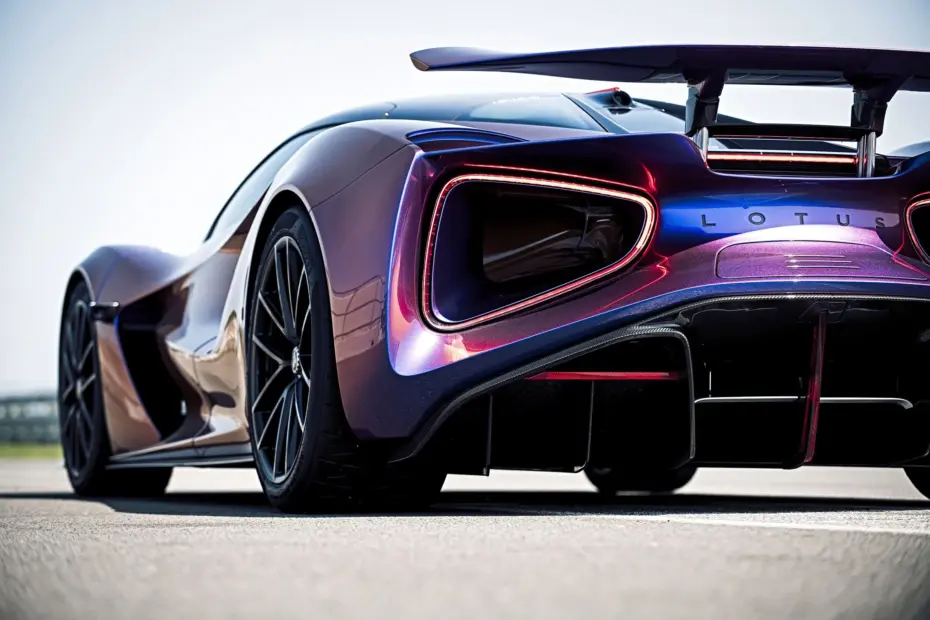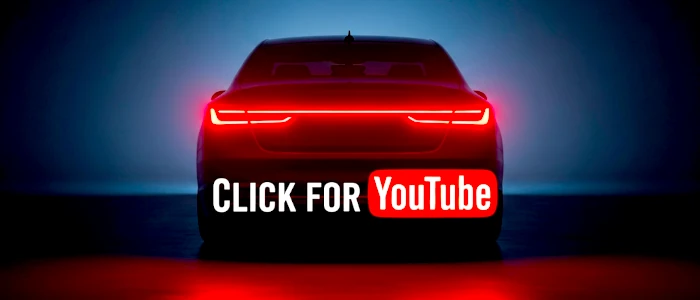After years of teasing, the Lotus Evija is ready — and what an incredible debut. Quad-motor, 2012 hp, carbon monocoque, and an instant torque delivery that feels like teleportation. Let’s get to the point: why is this EV not just fast, but different.
What makes the Lotus Evija unique among hypercars EV?
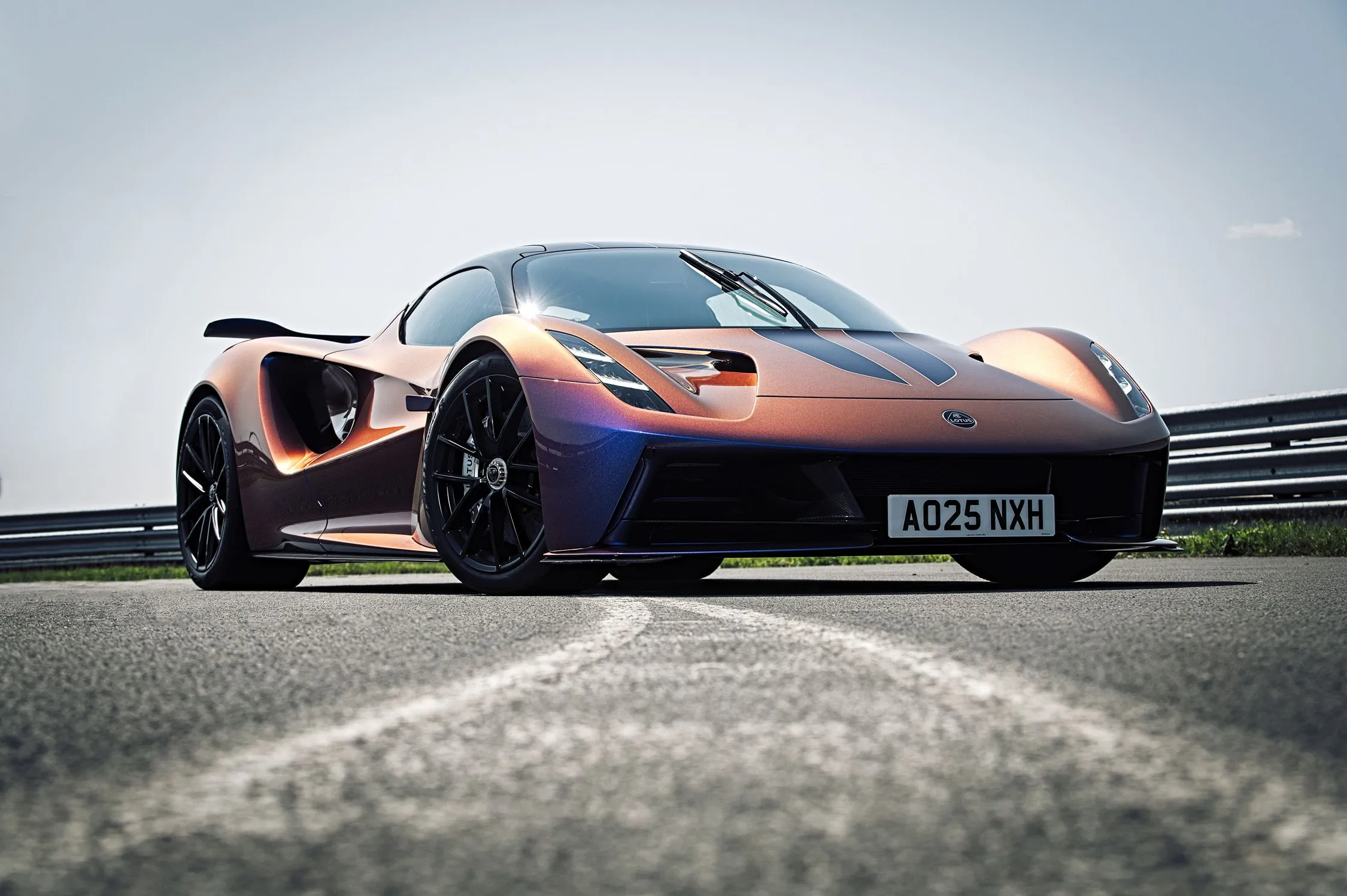
Sleek wind tunnel design, sculpted doors, and a minimalist cabin that puts the essentials front and center. Lotus stayed true to its principles: hydraulic steering and hydraulic brake assist for pure feel, even if it means sacrificing a bit of regeneration. As the brand itself states, “less filter, more feeling” — and yes, that makes a difference on the track (official source).
The lightweight, sharp DNA of Lotus is not a thing of the past. The 87 kWh battery is positioned behind the seats, akin to a mid-engine layout, which helps the Evija rotate on its own axis at high speed. If you enjoy the “car that talks with your hands” school, you’ll feel right at home — it’s the same philosophy the brand has shown with the Lotus Emira V6.
Essential numbers in 10 seconds
- 2012 hp and 1,257 lb‑ft
- 0-60 mph in 1.8 seconds
- 0-186 mph in approximately 9 seconds
- Top speed limited to 217 mph
- Monocoque: 285 lbs (129 kg)
- Estimated weight: approximately 4,195 lbs (about 1,905 kg)
- Battery: 87 kWh, 800V
- Charge 10–80% < 18 min
How do 2012 hp and four motors deliver brutal acceleration?
It’s four electric motors (503 hp each per wheel) with direct transmission, controlled by software that acts as active differentials. The result? Linear thrust, no plateau, and a quarter-mile projected in 7.8 seconds. The simple truth: you hit the throttle, and the world turns into a blur (technical review).
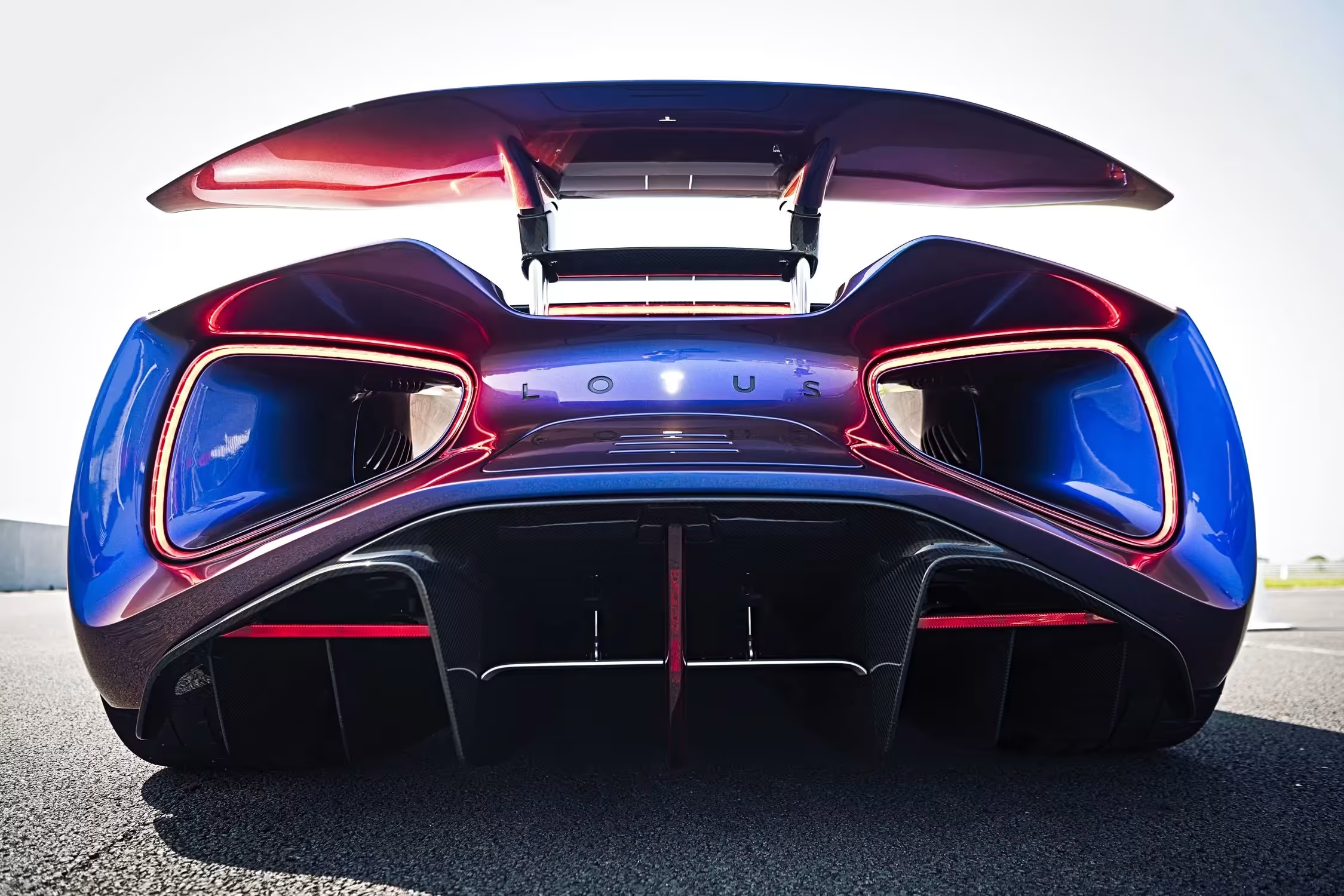
The secret lies in smart torque vectoring that “pushes” each wheel with millimeter precision, supported by Multimatic spool-valve dampers and Pirelli P Zero Trofeo R Elect tires. It’s not just brute force; it’s science applied to traction. Want to understand where top-tier electrical power is headed? The future vision is in the Cadillac Elevated Velocity, which also embraces high voltage and serious thermal management.
Is the chassis dynamics of an electric Lotus just as impressive?
Yes, and it’s surprising. Total weight around 4,200 lbs (about 1,905 kg) for a quad-motor setup is “light” in the EV world. With mass concentrated between and behind the axles, the Evija points, brakes, and rotates like a traditional mid-engine sports car. Hydraulic steering offers asphalt feel; no video game sensation here.
Brakes are giant carbon-ceramic discs, and the pedal offers an analog feel — adjustable, progressive, without the artificially stiff sensation of some EVs focused solely on numbers. The Trofeo R Elect tires provide the grip this torque monster demands; when the electronics switch to track mode, the feeling of “car on a string” becomes addictive.
Range, charging, and modes: is it usable without stress?
The combined range is officially up to 195 miles (WLTP), and around 166 miles in a more conservative cycle. With 800V and peak charging power of 350 kW, 10–80% takes less than 18 minutes, depending on station and conditions. For a hypercar in this league, that’s excellent — and let’s face it, no one’s crossing continents in semi-race slicks.
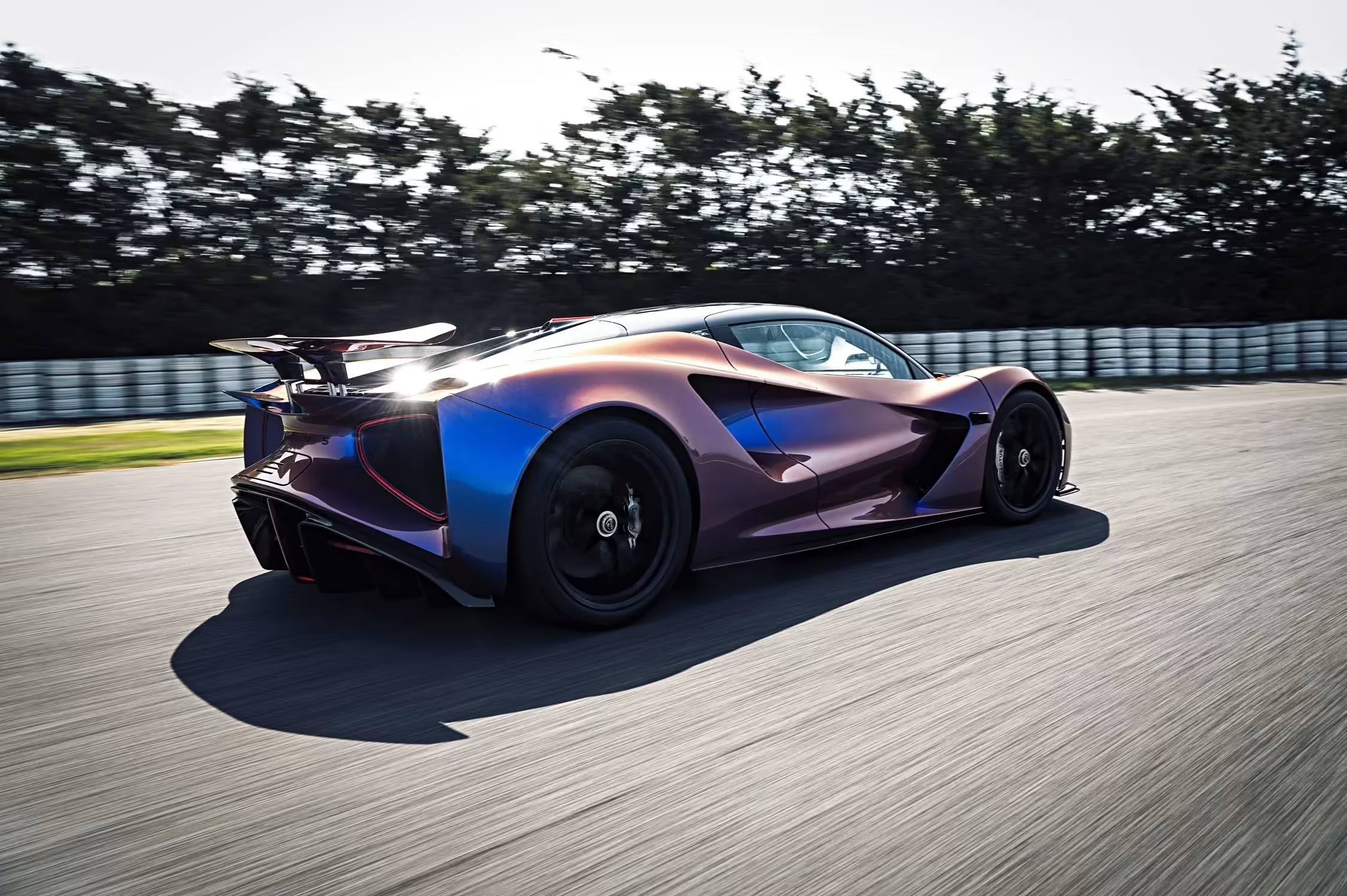
It has five modes: Range, City, Tour, Sport, and Track. Each mode unleashes more power and reduces electronic “cushioning.” Even in Track mode, there’s a small safety net. The price? Starting at around $2,700,000 before taxes — and no, exposed carbon fiber doesn’t come with a discount, as seen in the Mustang GTD Liquid Carbon.
Evija vs. electric rivals: who takes the crown today?
The obvious competitor is the Rimac Nevera, the king of acceleration figures and sustained top speeds. The Evija responds with hydraulic steering and brakes, a battery behind the seats, and a lightweight monocoque — a more “driver-focused” approach. Broadly speaking: Nevera maximizes numbers; Evija maximizes feel. Want to see the latest showdown? Check out the recent battle involving the Rimac Nevera in speed battles.
There’s a new player in town: the YangWang U9 Track Edition, with an insane 2,976 hp, focusing on downforce and active body control. It’s a different kind of technical madness, but it pressures the segment and raises the bar for everyone. Check out this electric monster here: electric hypercar with 2,976 hp.
Quick comparison vs. direct rivals
- Evija: 2012 hp, focused on feel
- Nevera: record-breaking numbers and telemetry
- U9 Track: 2,976 hp, active aero
- Battista: luxury and grand touring
- Evija: hydraulic steering, lively feel
- Rivals: more electronic aids
- Evija: battery behind the seats
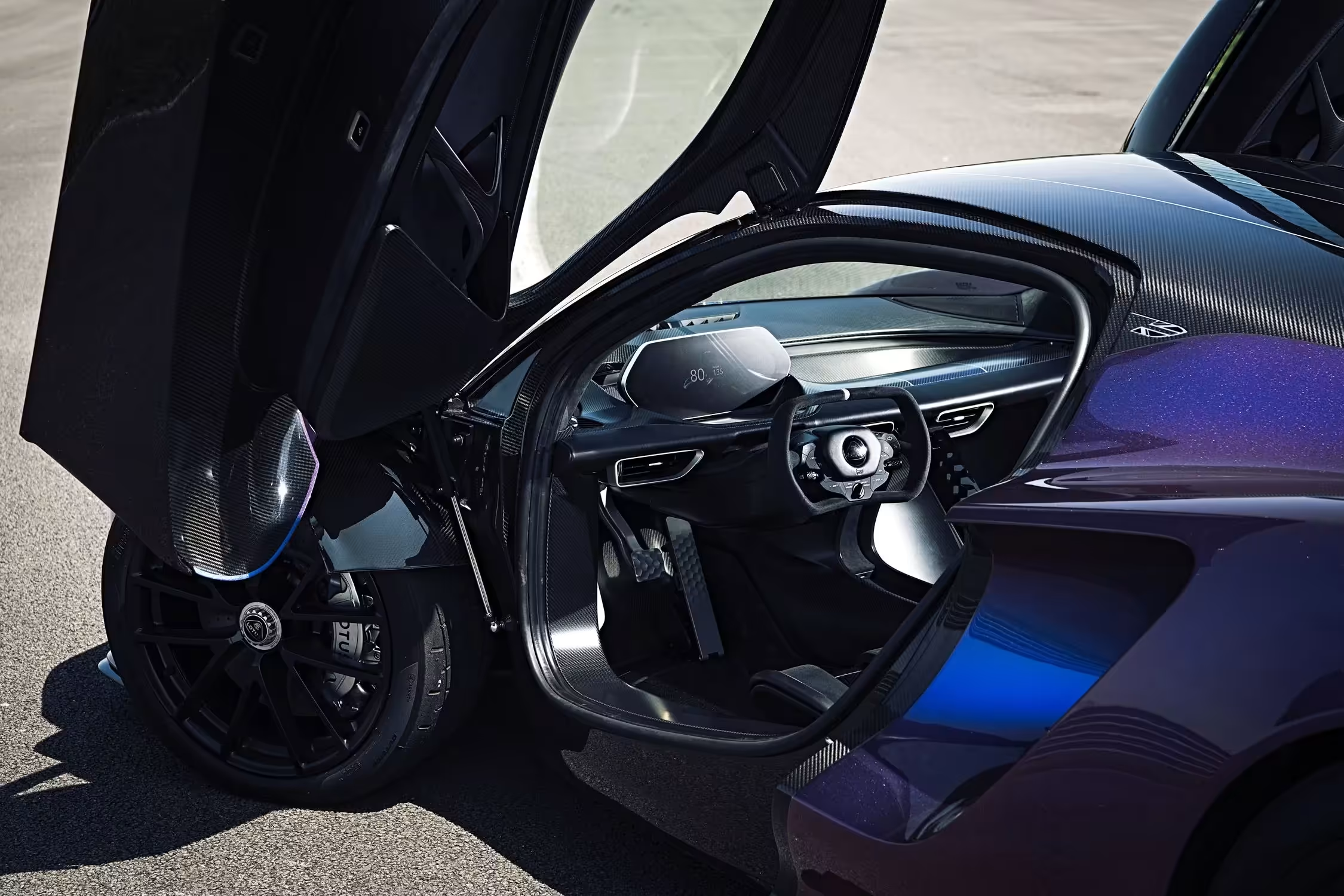
FAQ — Questions I’d get every day
- How much does it weigh exactly? The brand states approximately 4,200 lbs (about 1,905 kg), excellent for a quad-motor EV with a carbon monocoque.
- Does it have fake engine sounds? No. Just the whine of the four motors and the resonance of the structure — simple, honest, and ridiculously fast.
- Is it a track car or street car? It’s a street-legal hypercar with a track soul. Modes and software allow you to dial in brutality and civility.
- Is the $2.7 million price worth it? If you want the most “Lotus-like” EV out there, yes. If you’re just after numbers, rivals can deliver bigger figures.
“The Evija’s goal was to combine mechanical feel with extreme electric performance” — and damn, Lotus succeeded. In a market obsessed with spreadsheets, the Evija brings back tactile feedback, with hydraulic controls in the right places and weight where it matters (Lotus).
At the end of the day, here’s my verdict: the Lotus Evija doesn’t just want to crush times; it wants to remind you why driving is still a sport, not just a benchmark. The acceleration is insane, but what really won me over was the balance between precision, feedback, and software that knows when to step aside when you know what you’re doing. Want raw numbers? Go for the Nevera. Want sensations with obscene figures? This Lotus carbon jewel deserves your respect — and your pocketbook.
Liked the Evija? Which electric rival do you think currently threatens the throne — Nevera, Battista, or some new player? Leave your comment and let’s exchange ideas without fuss.
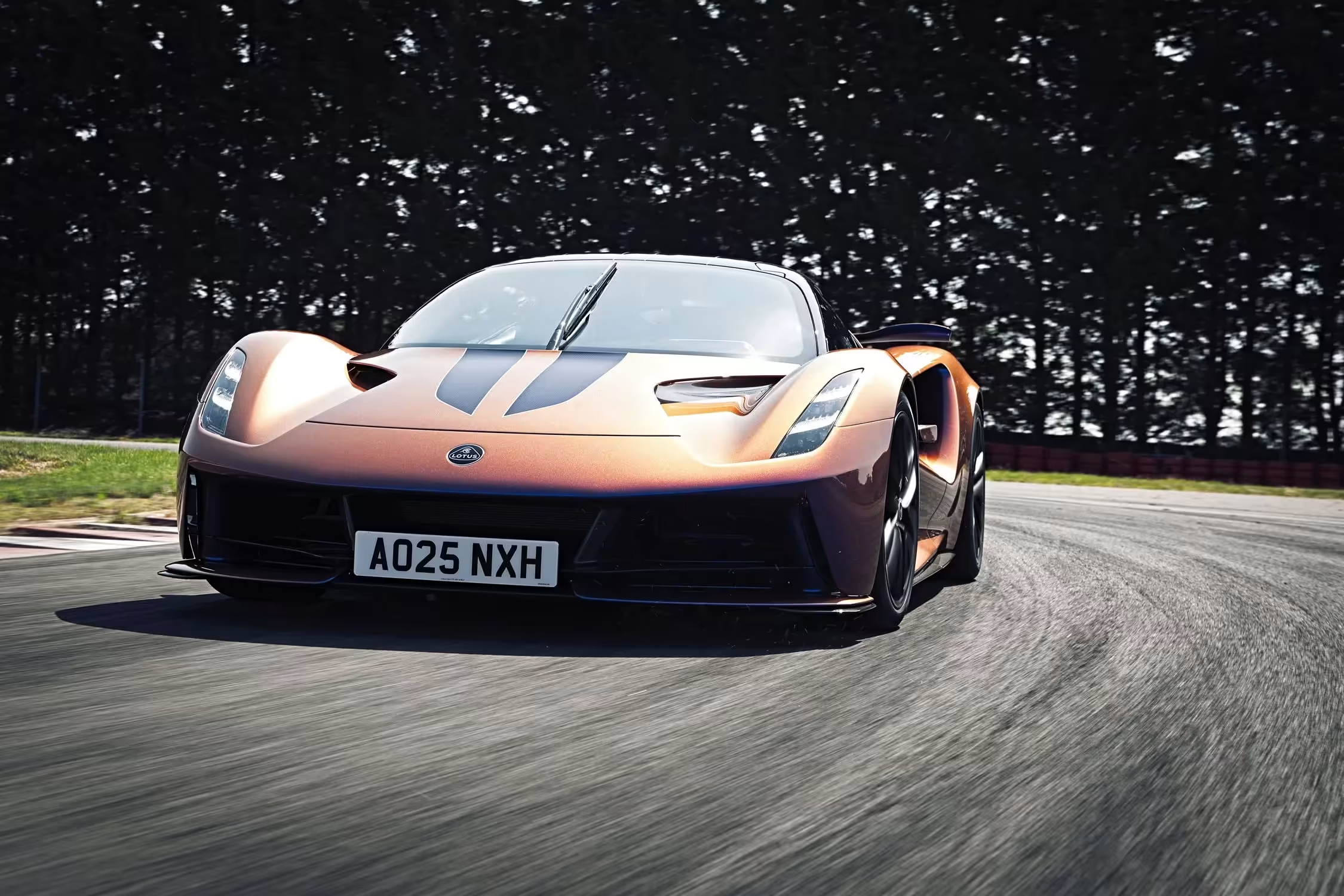
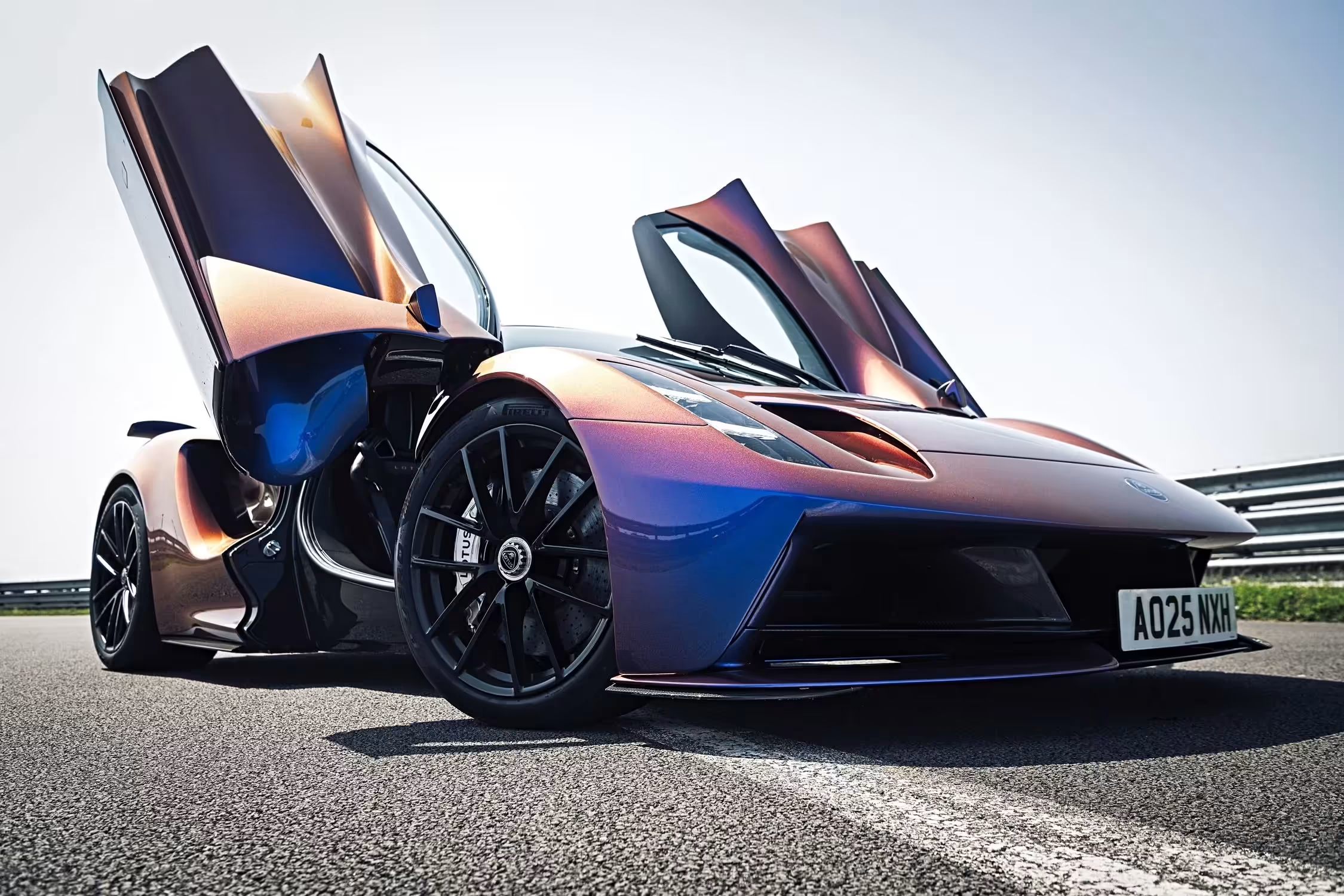
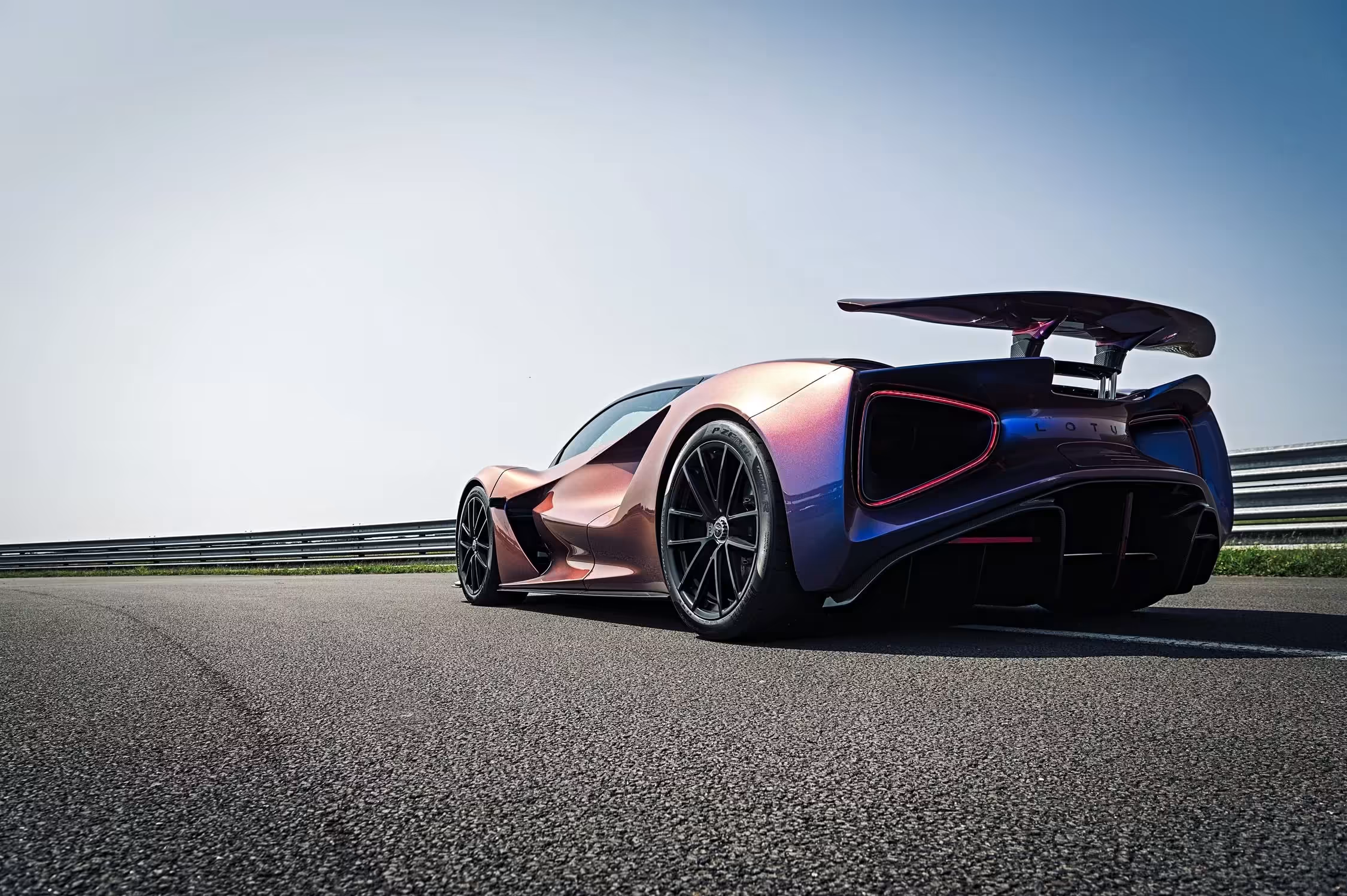
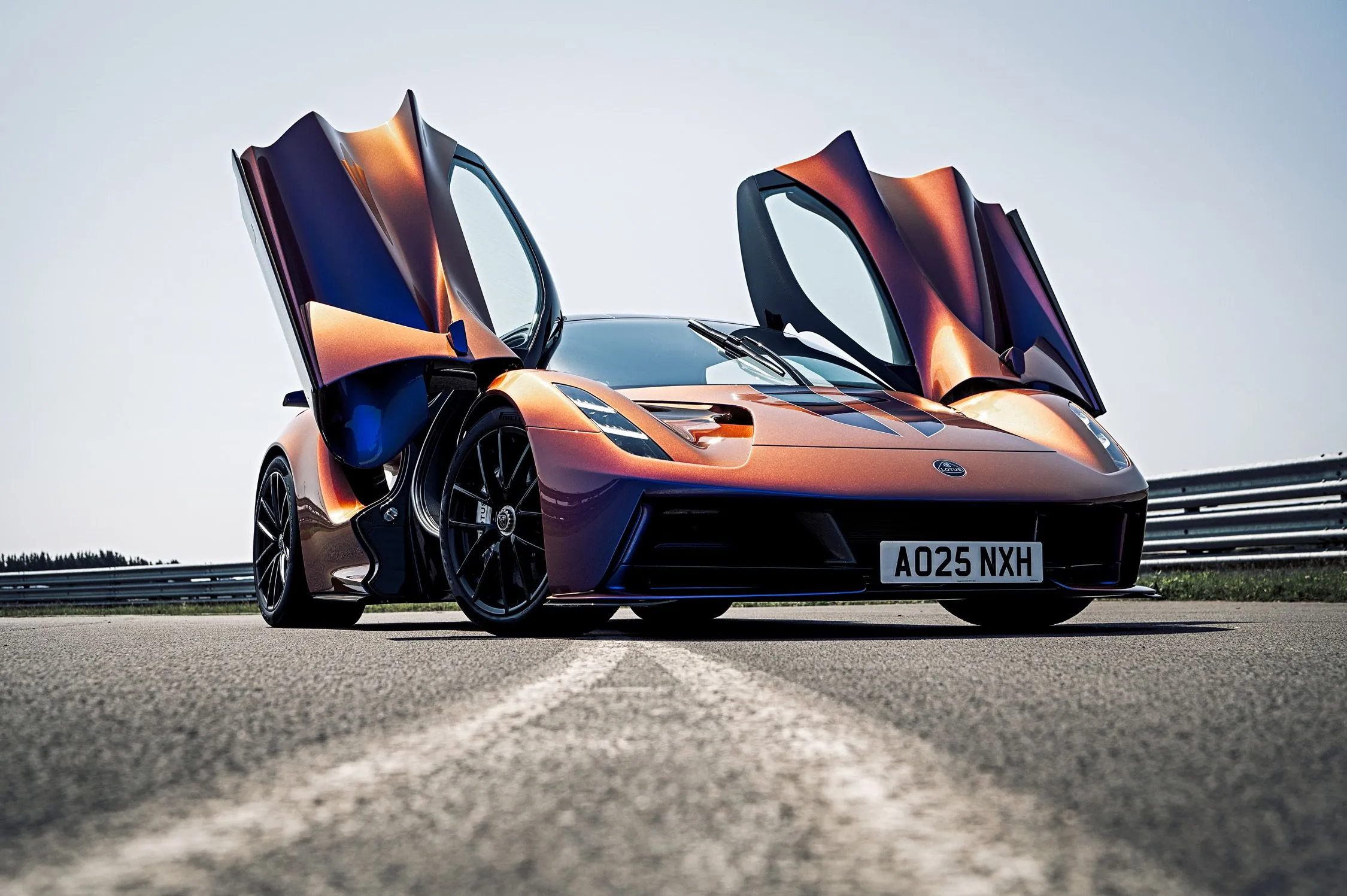

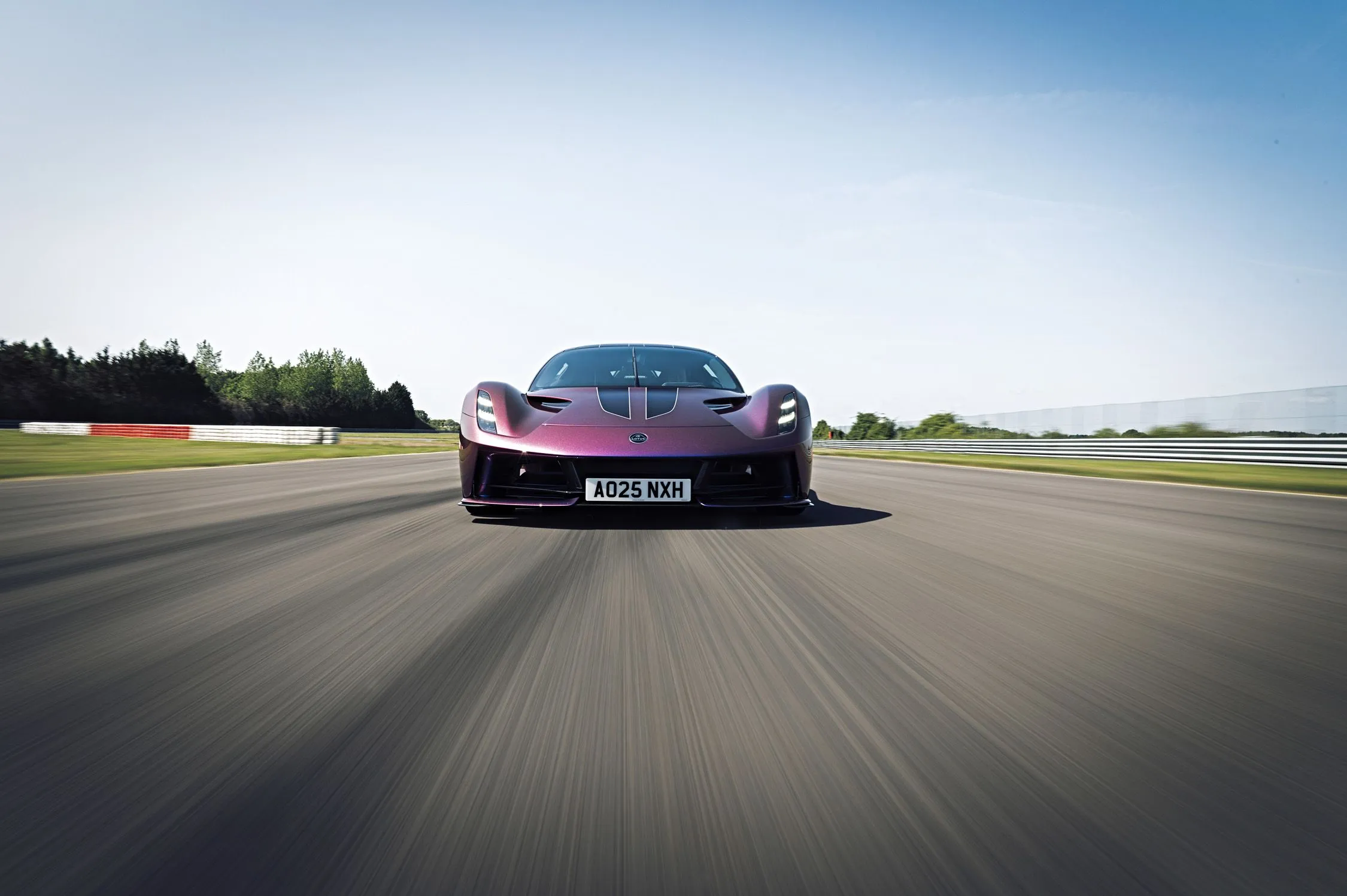

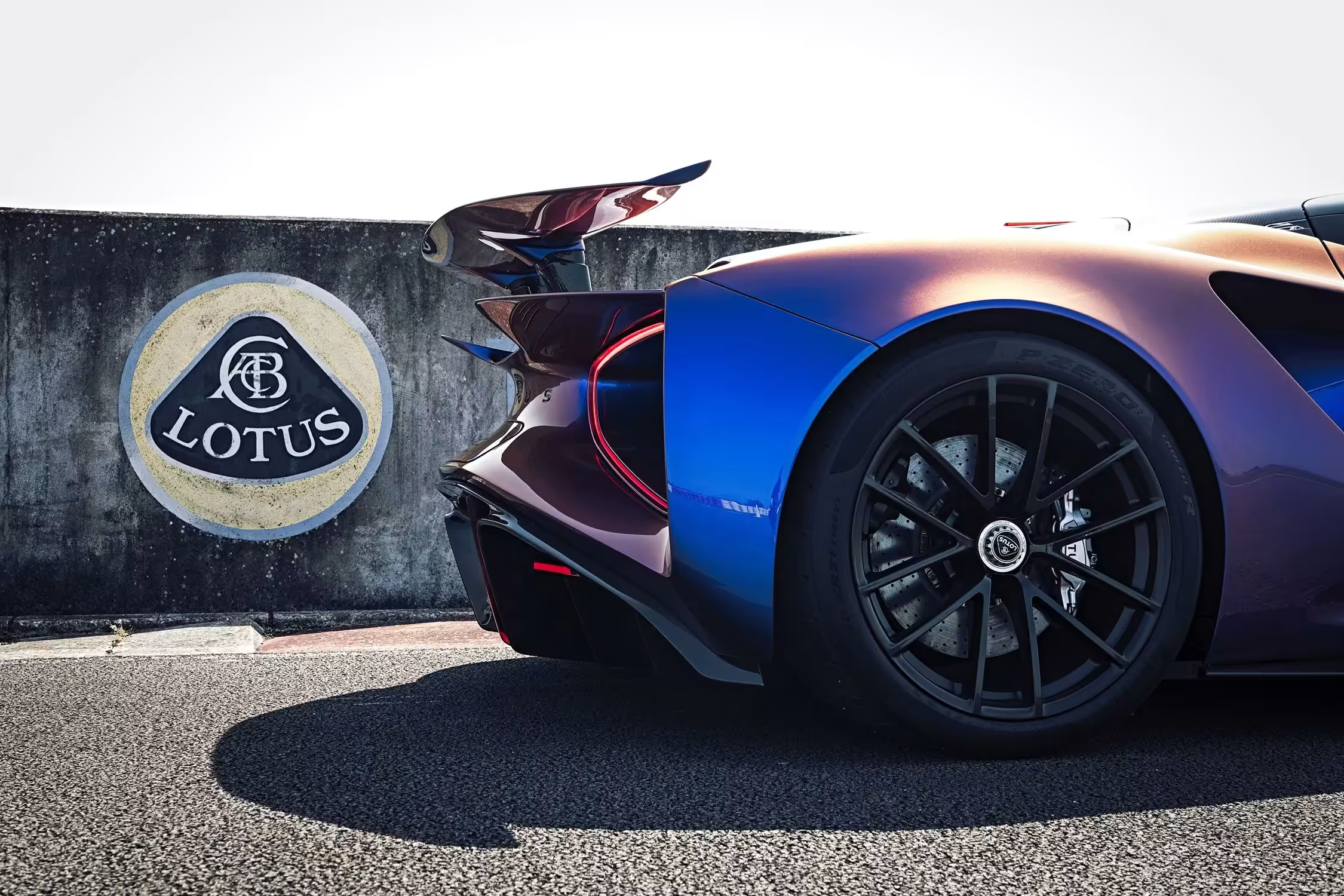

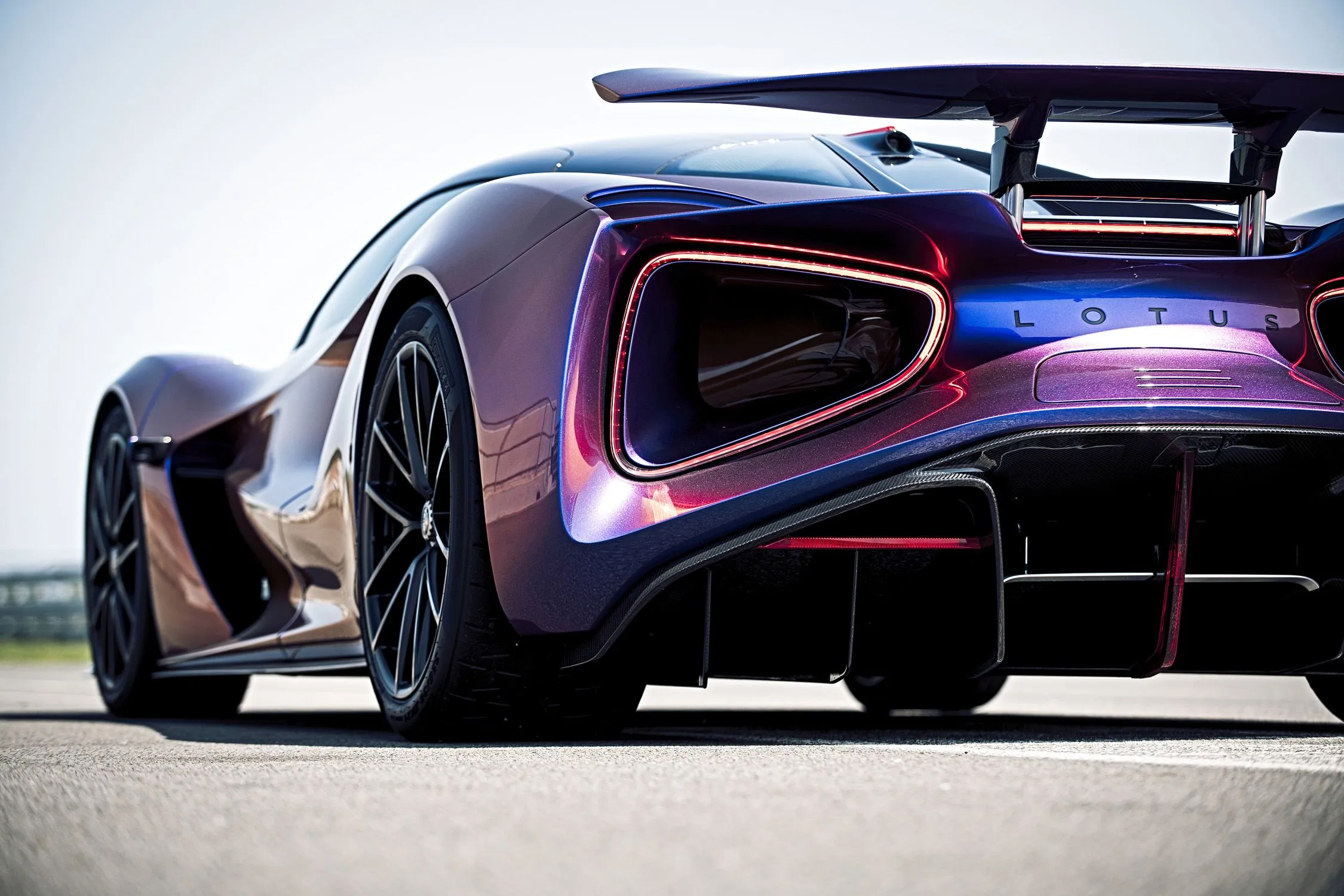

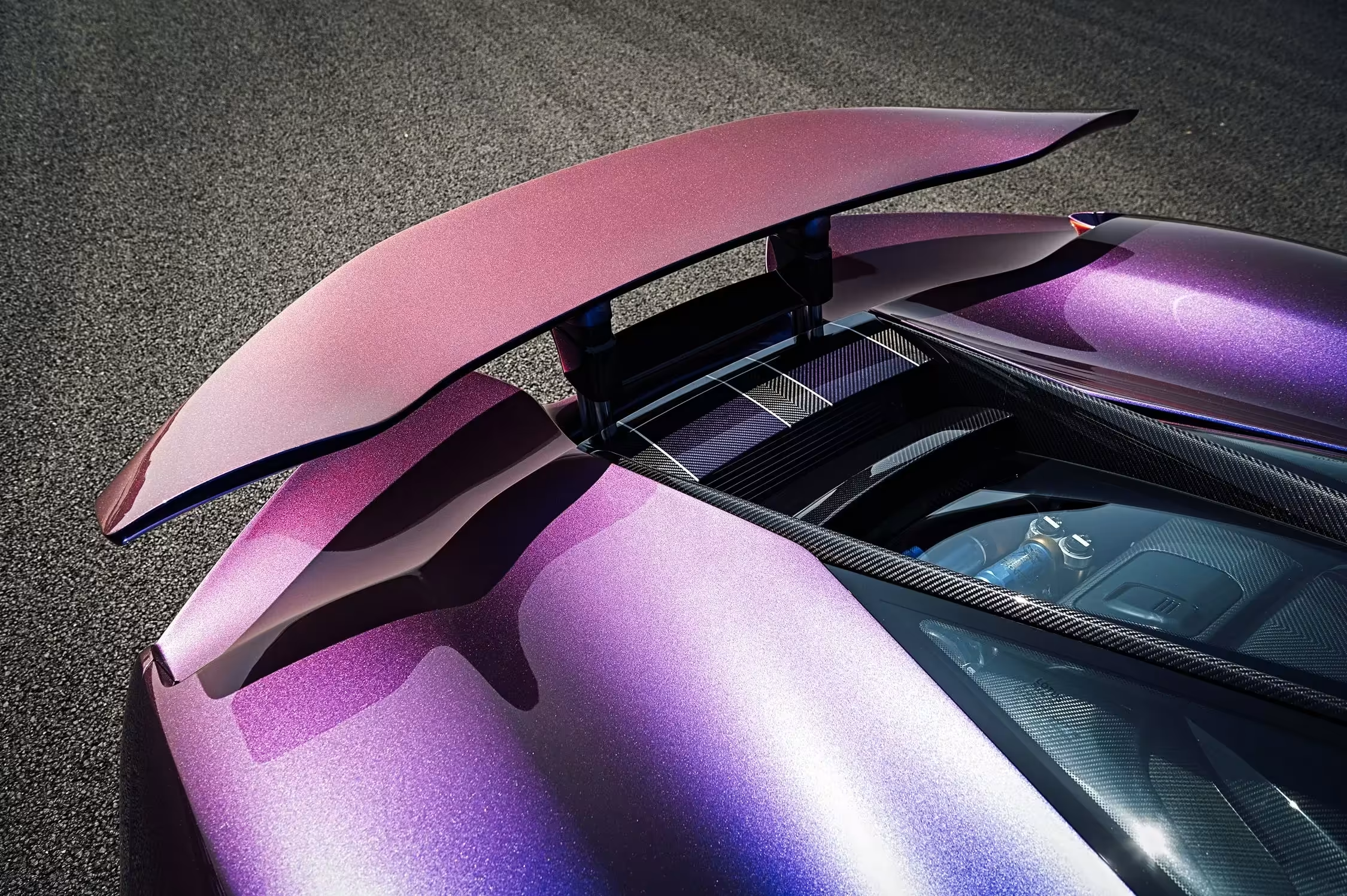
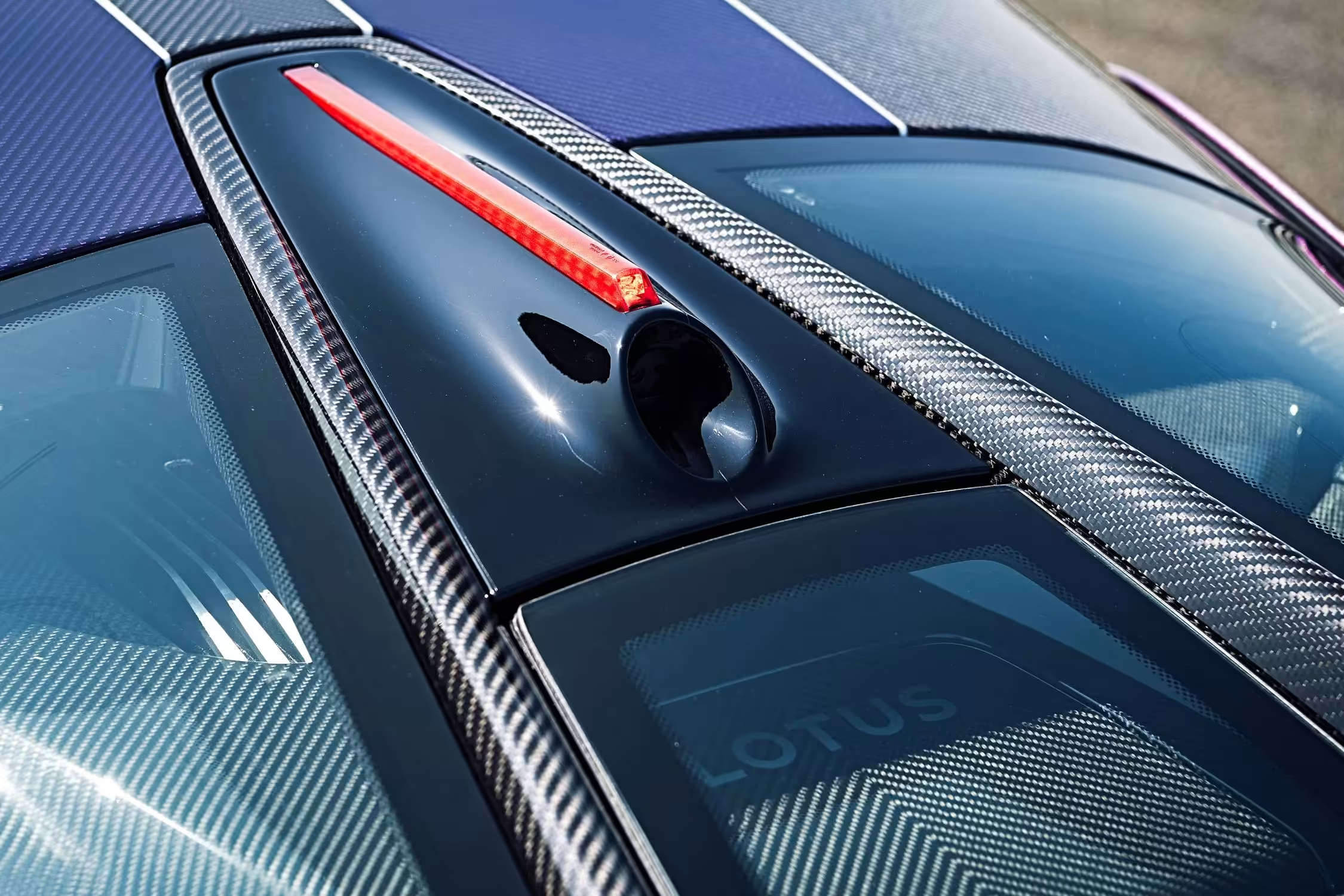
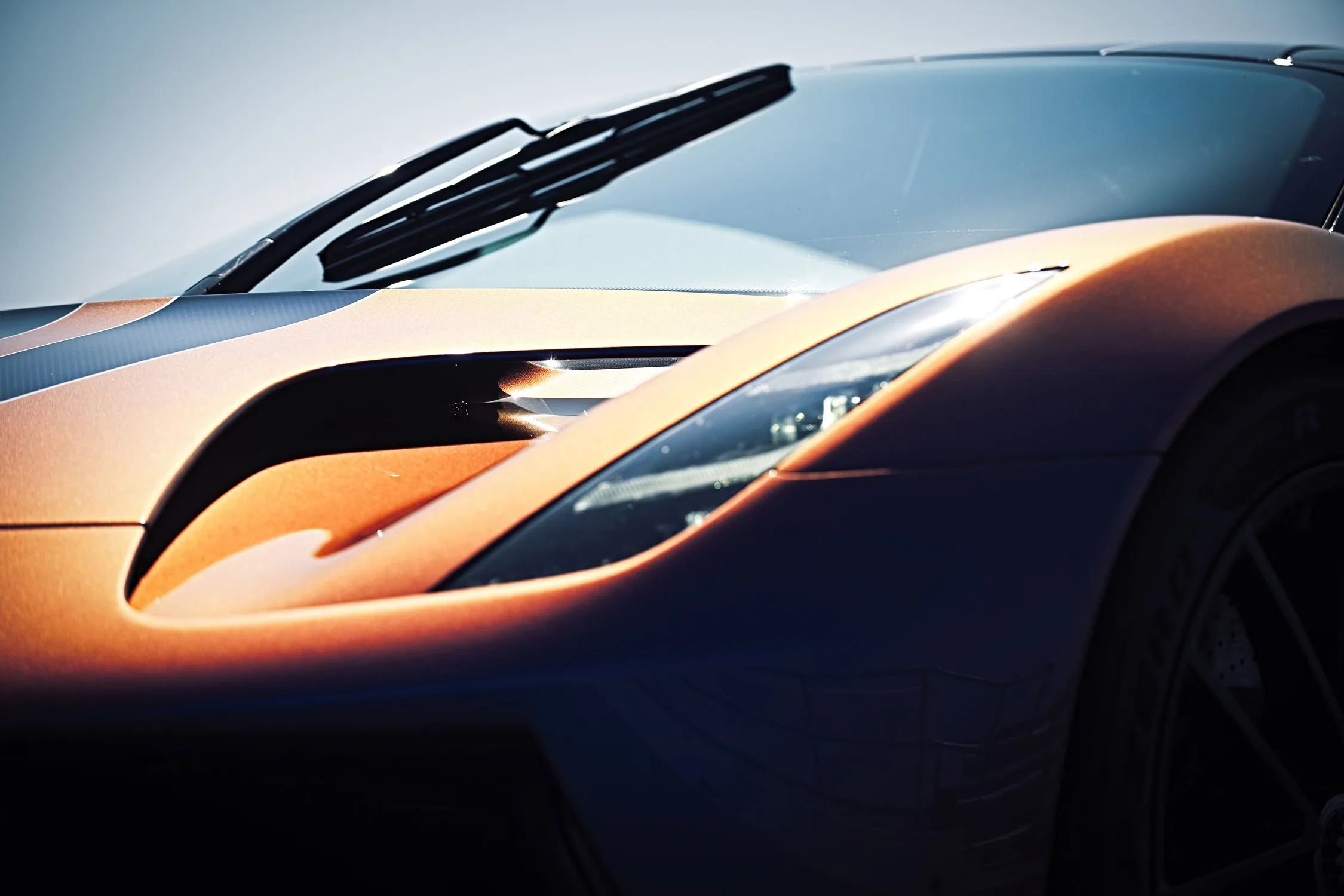
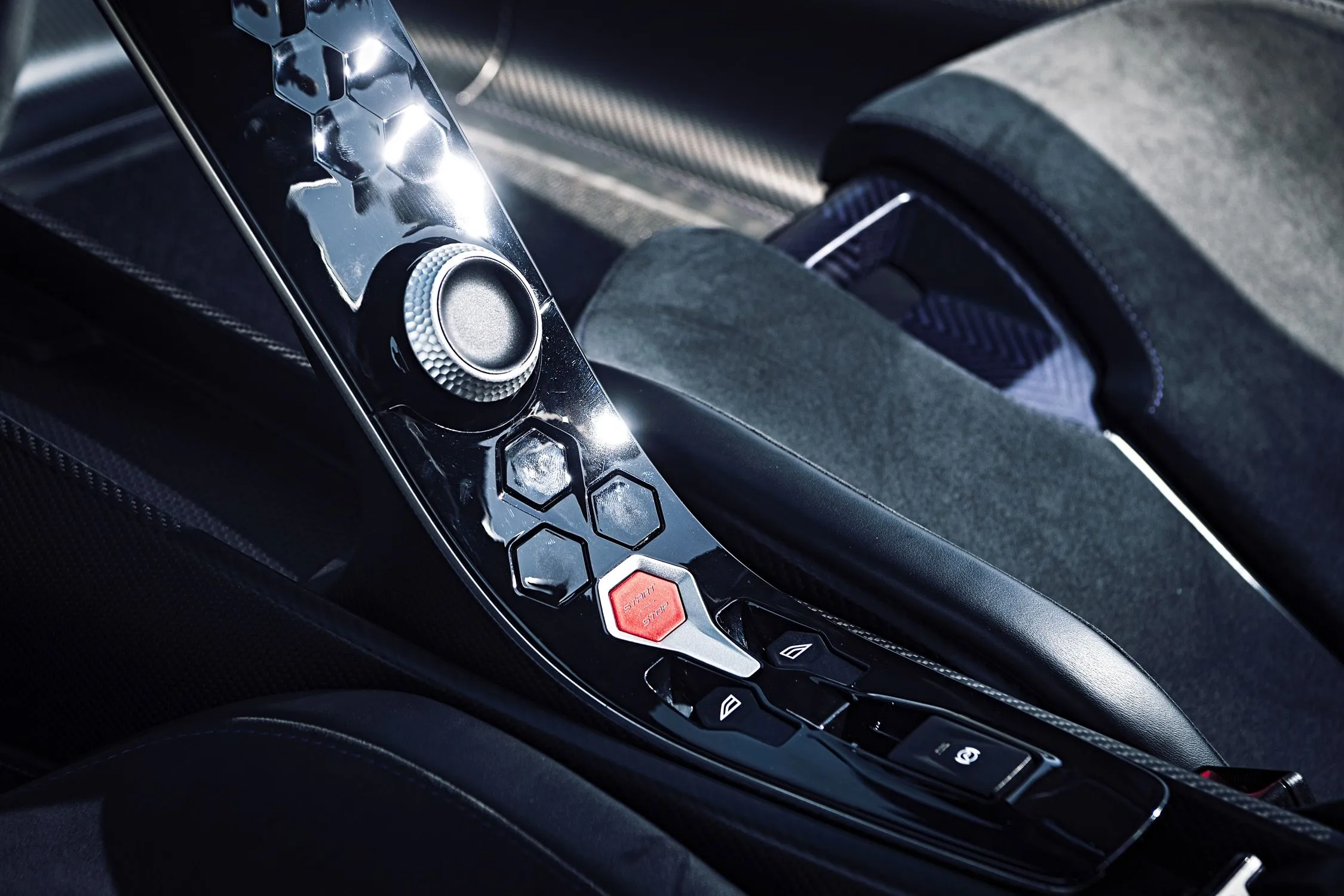
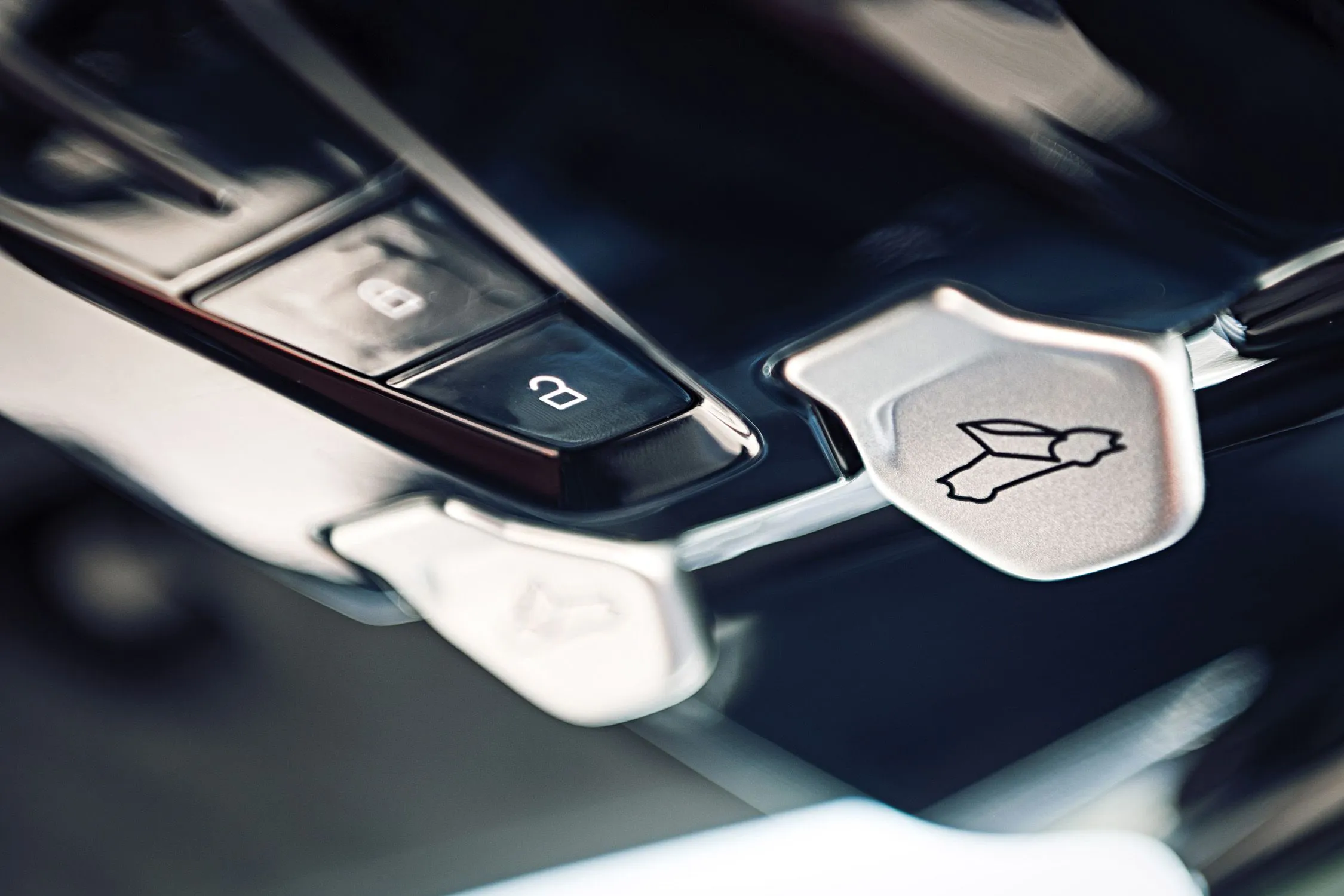
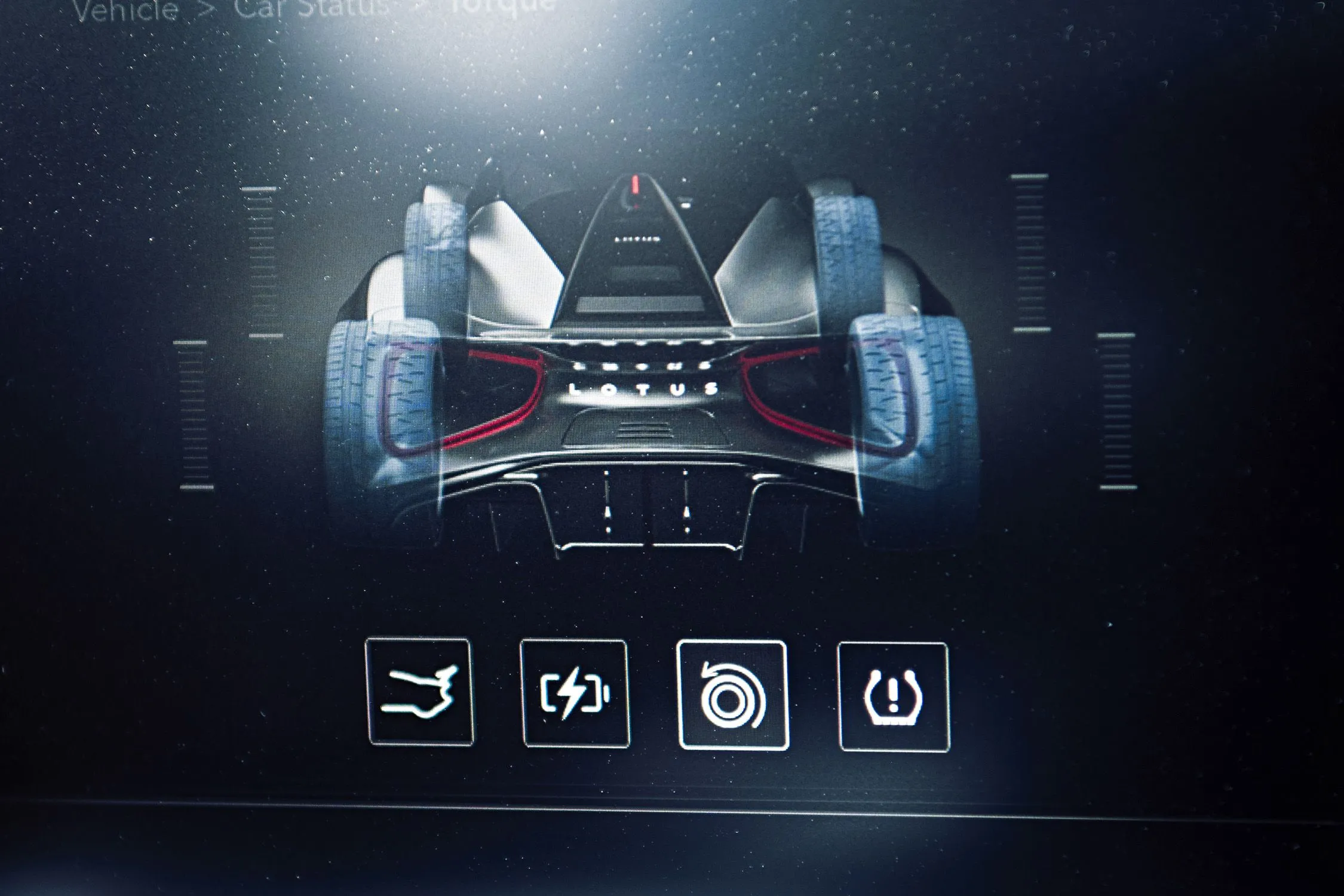
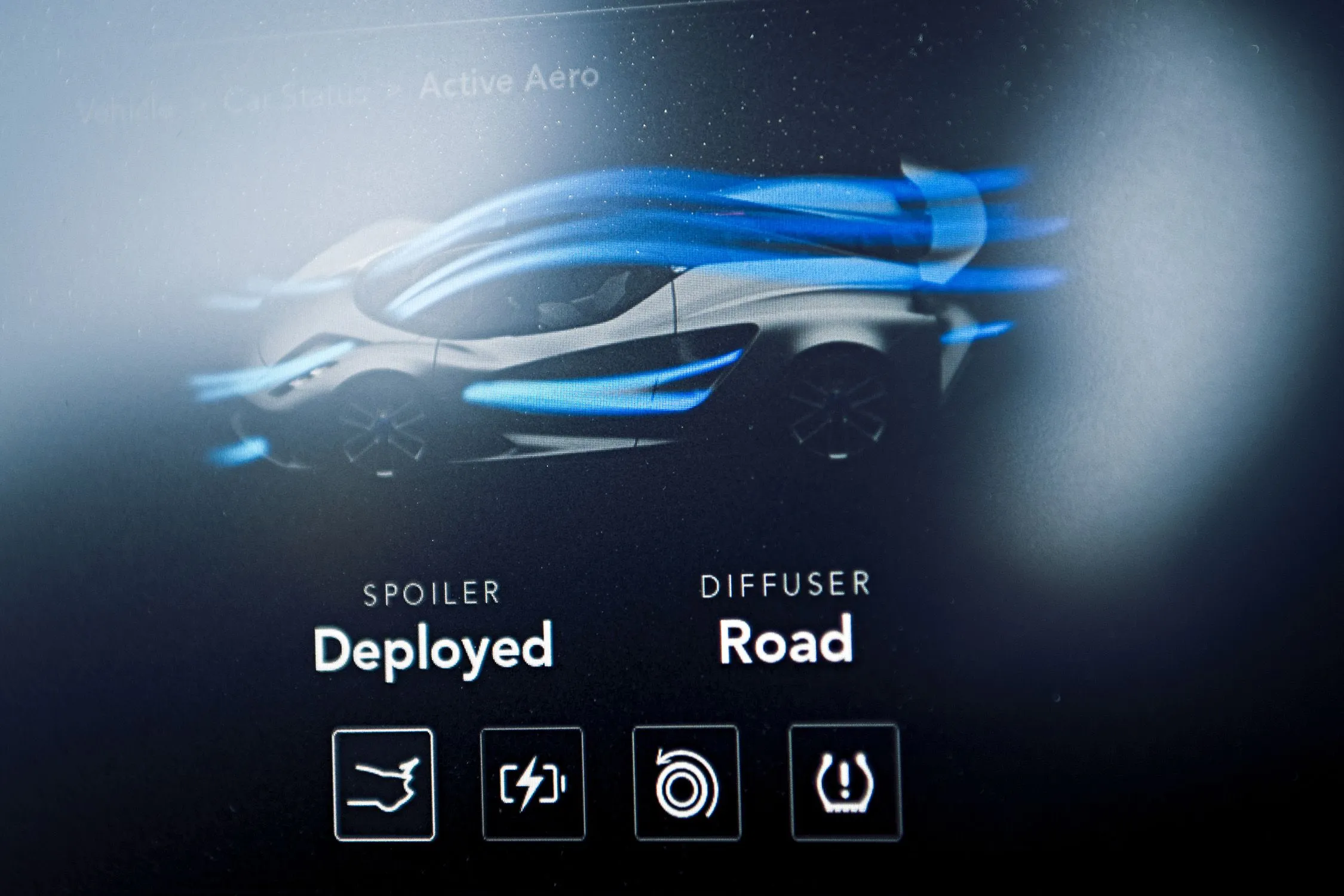
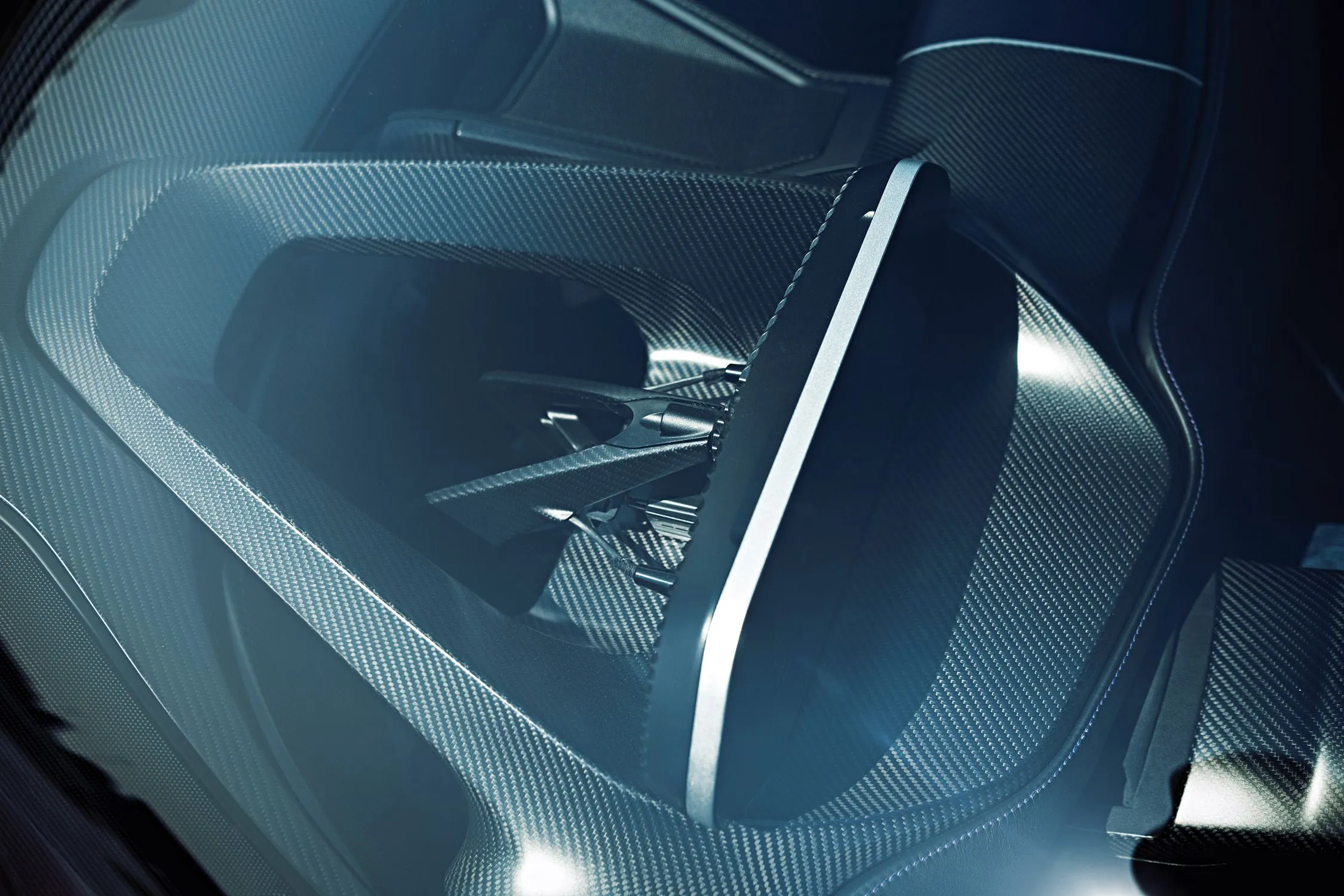
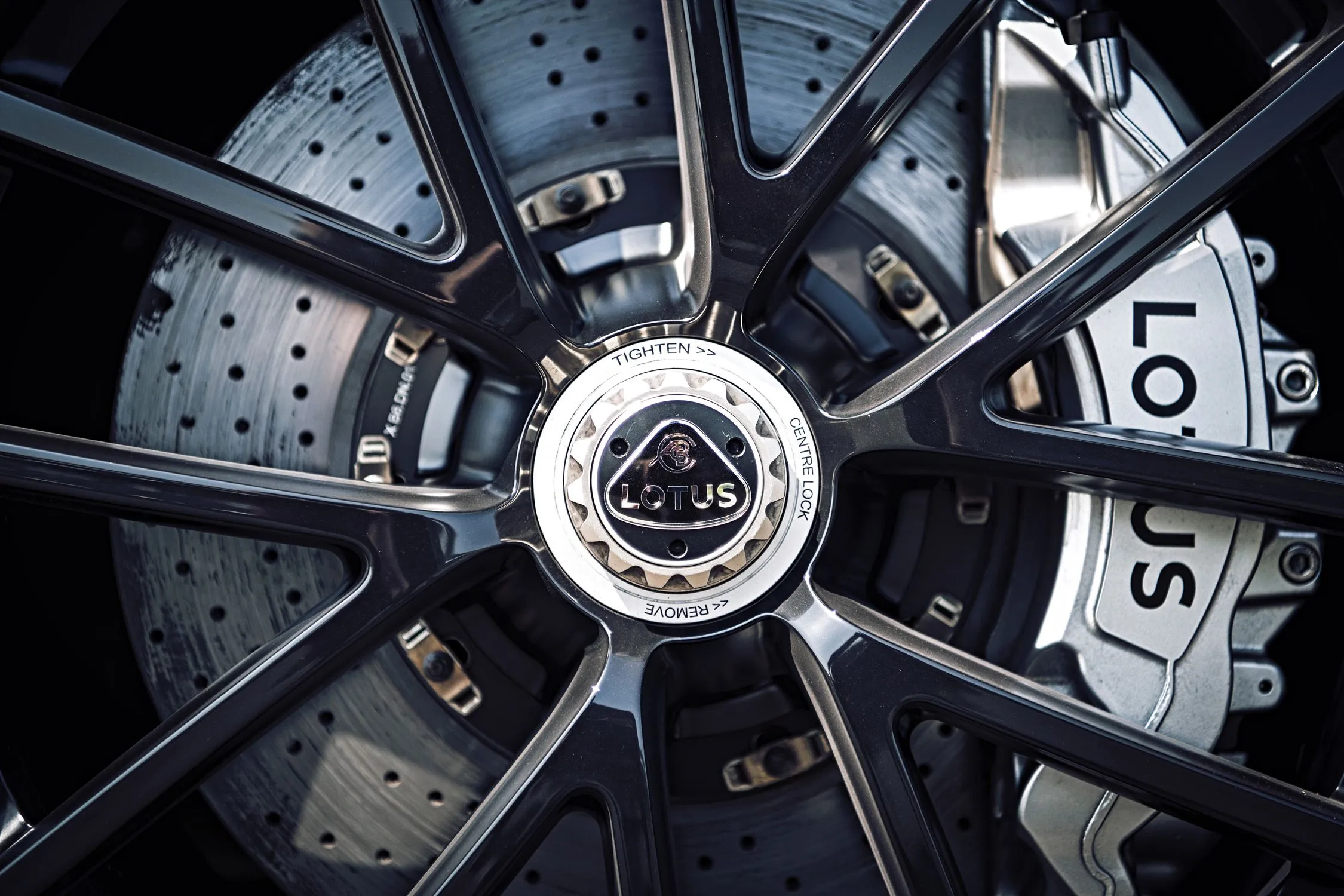

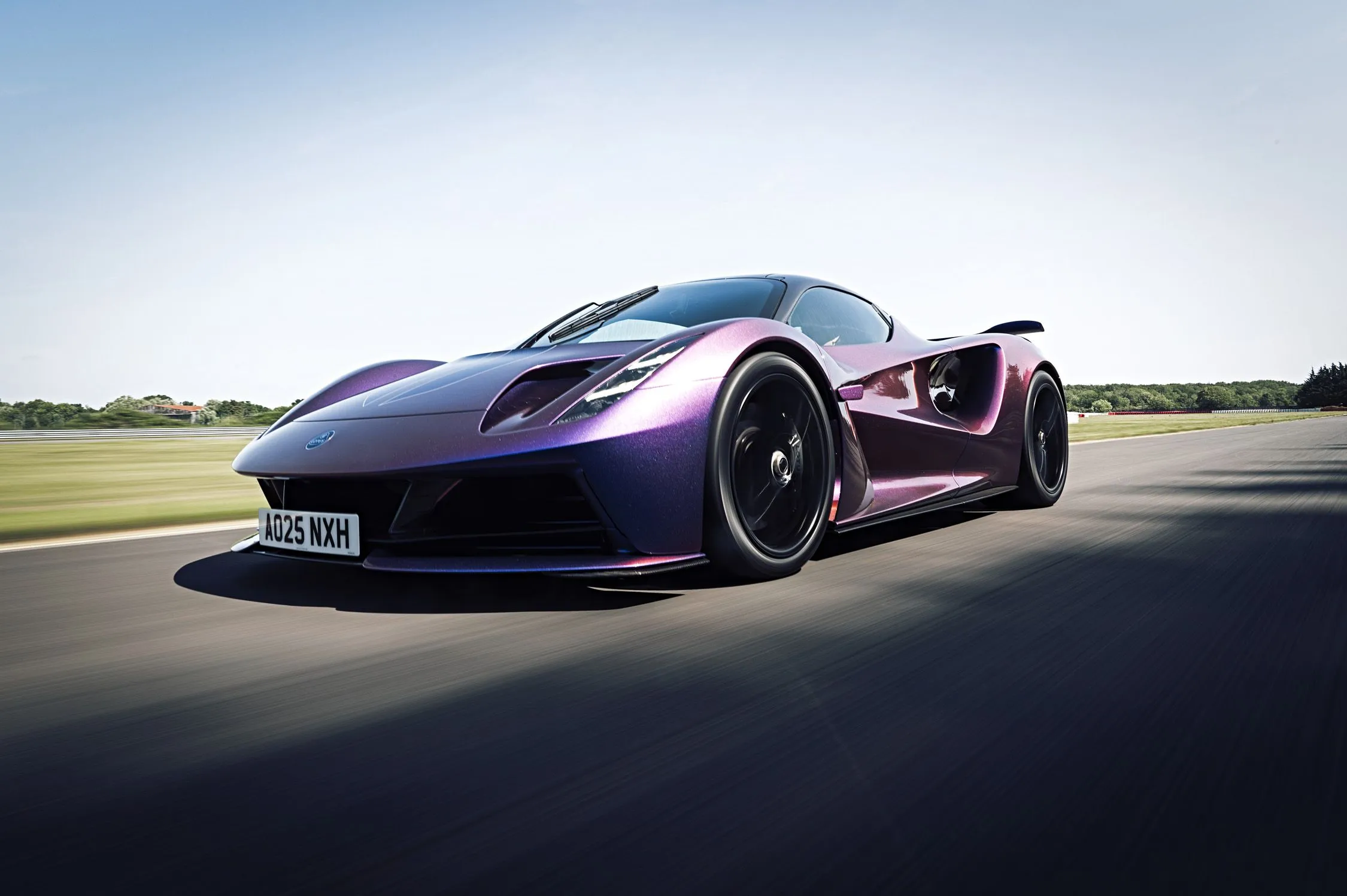
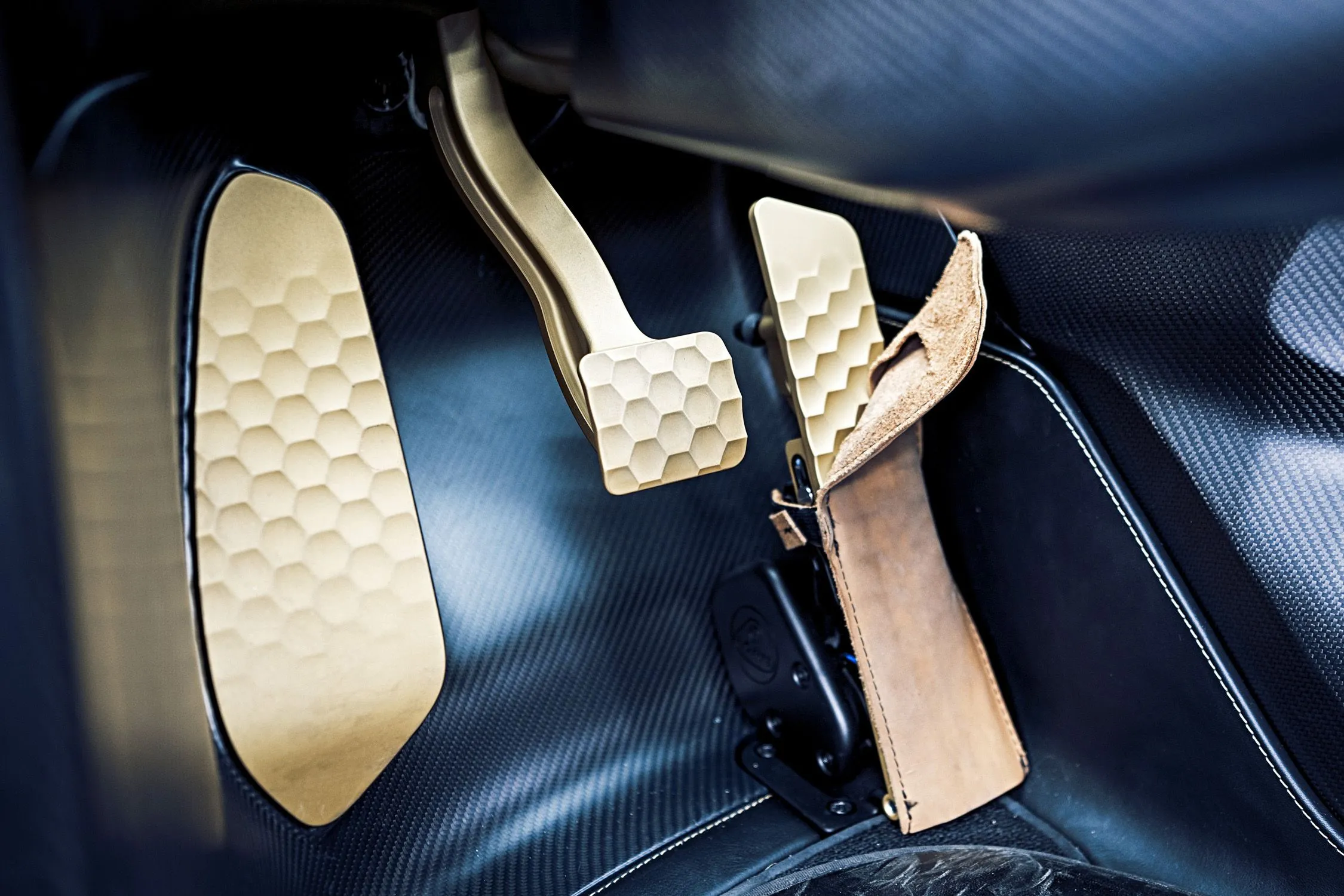
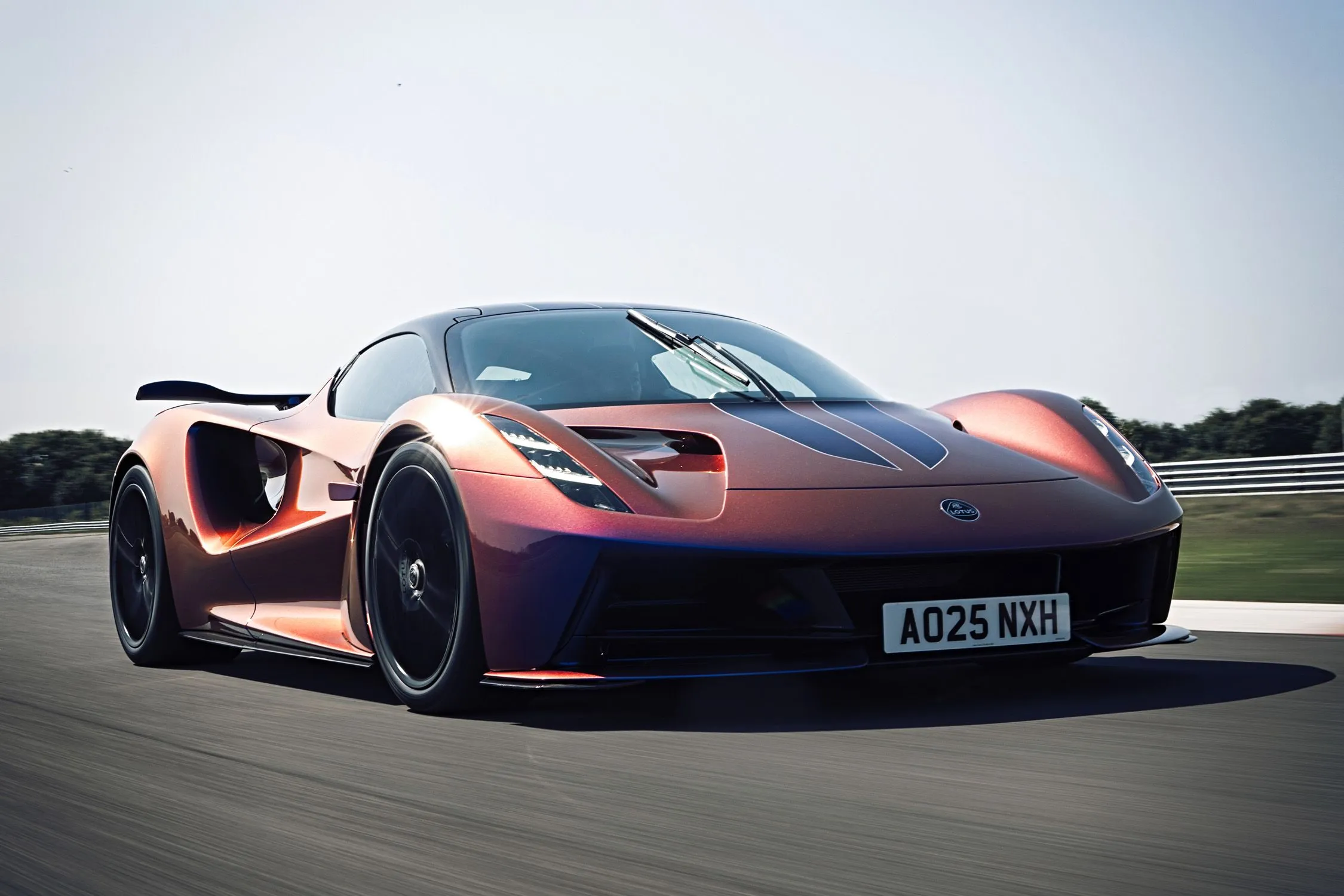
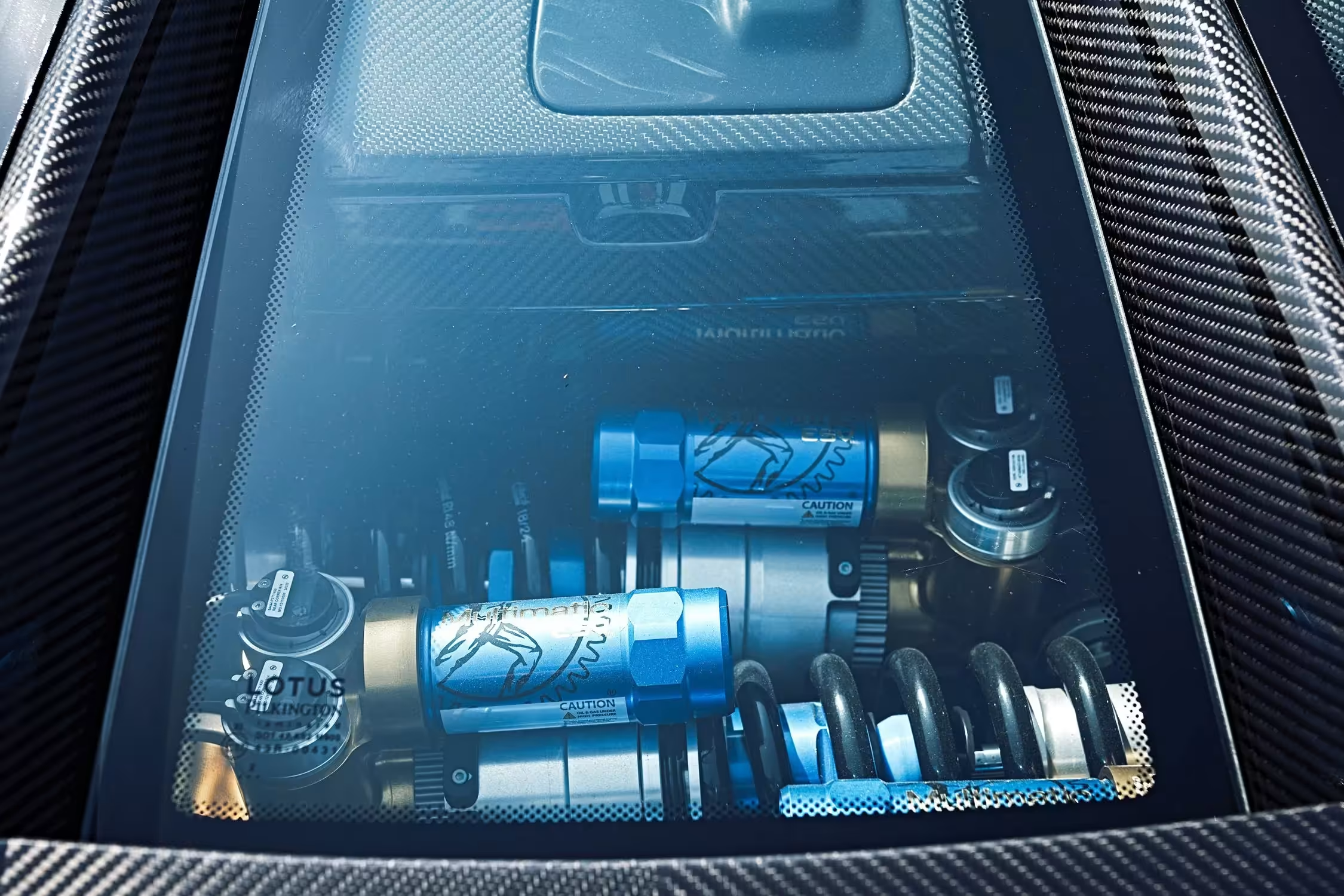
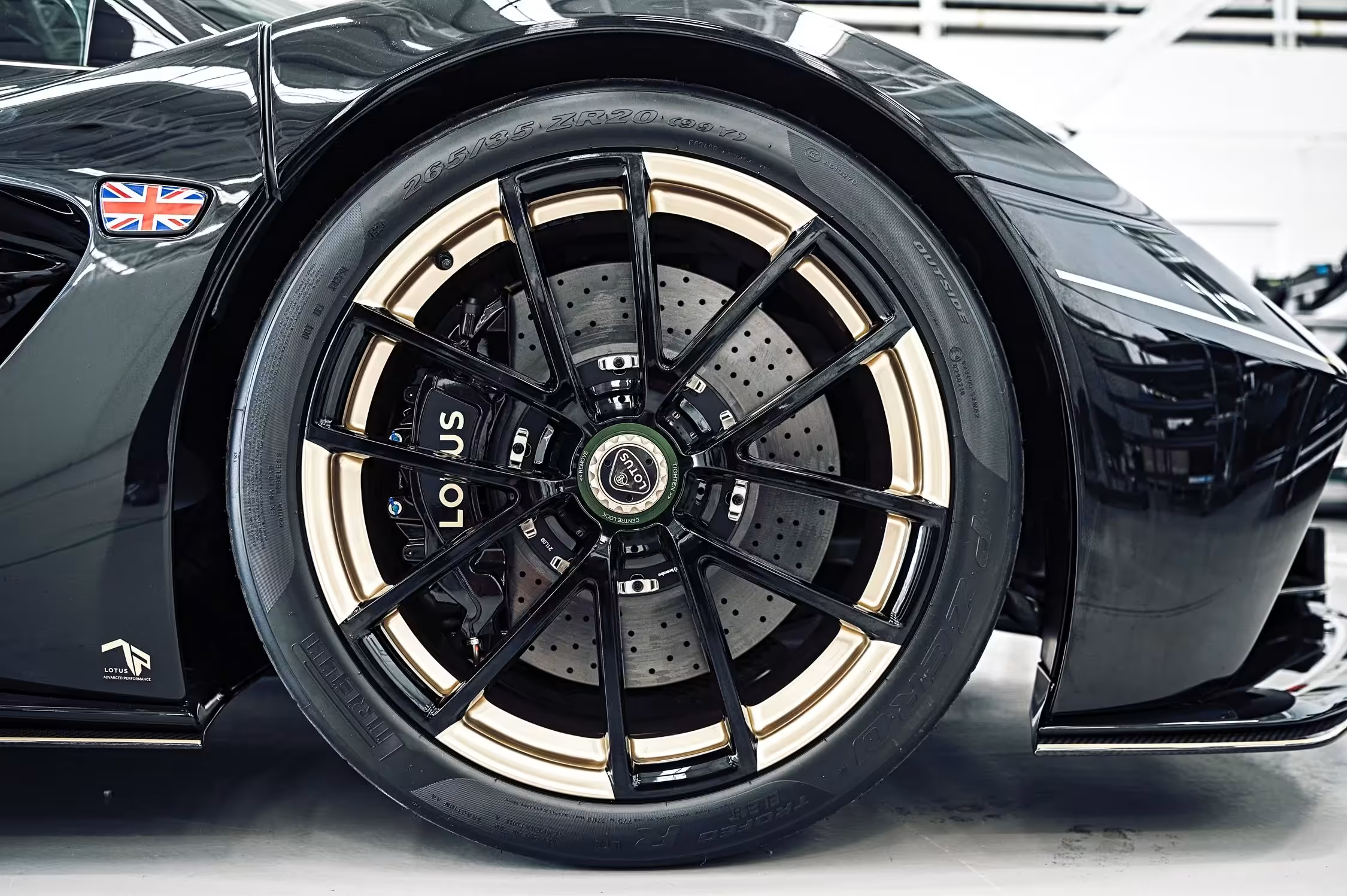
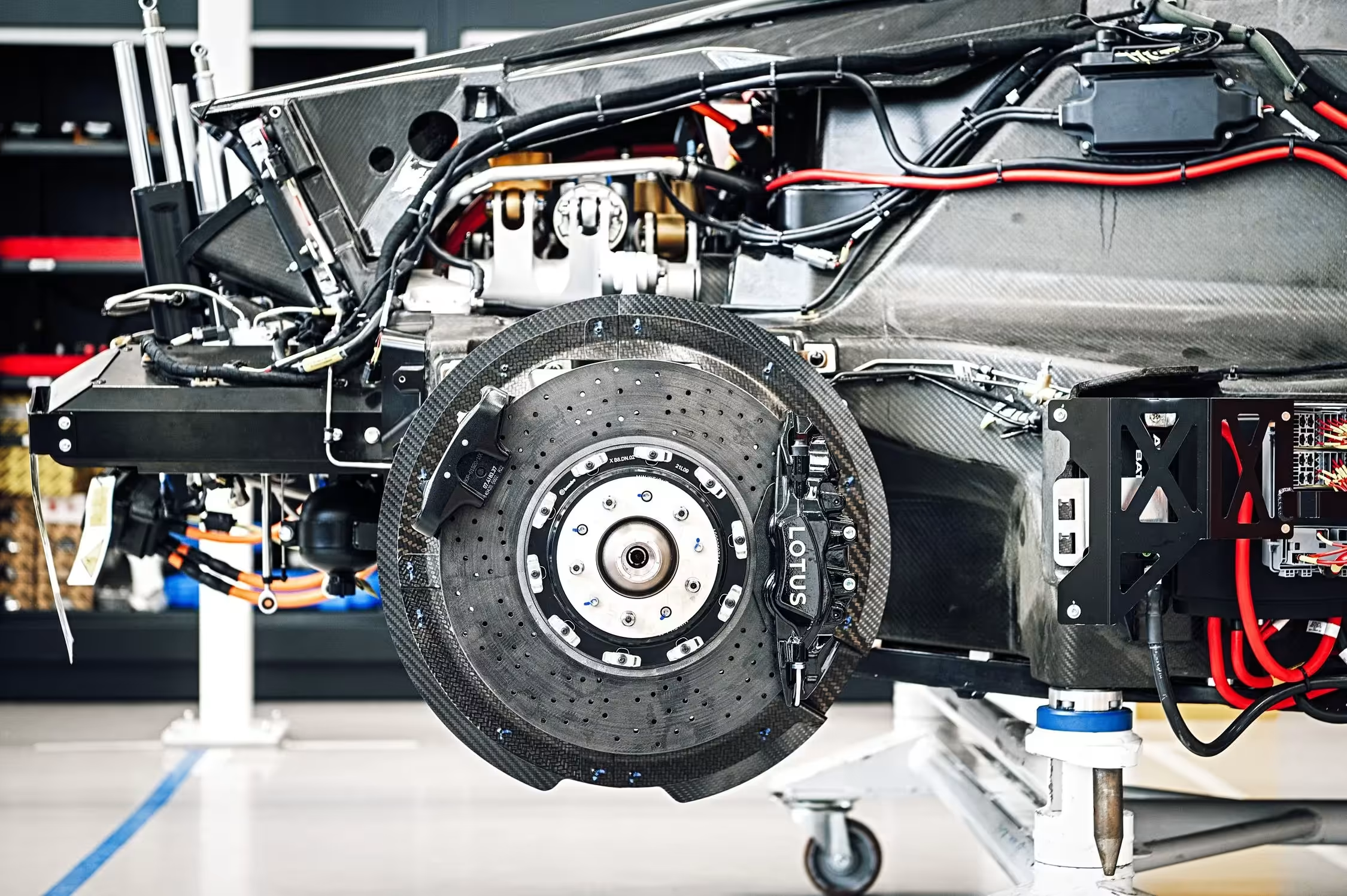
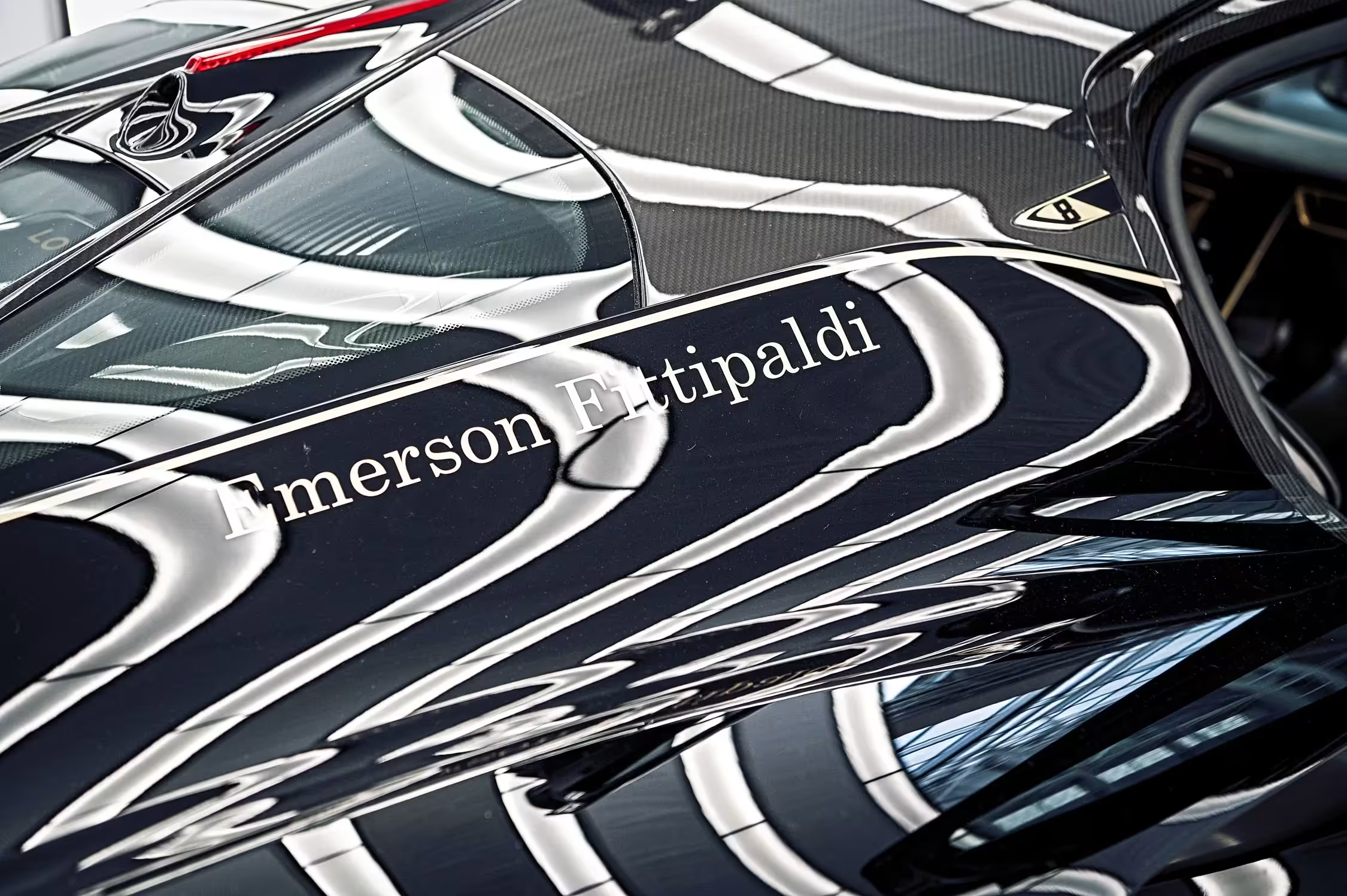
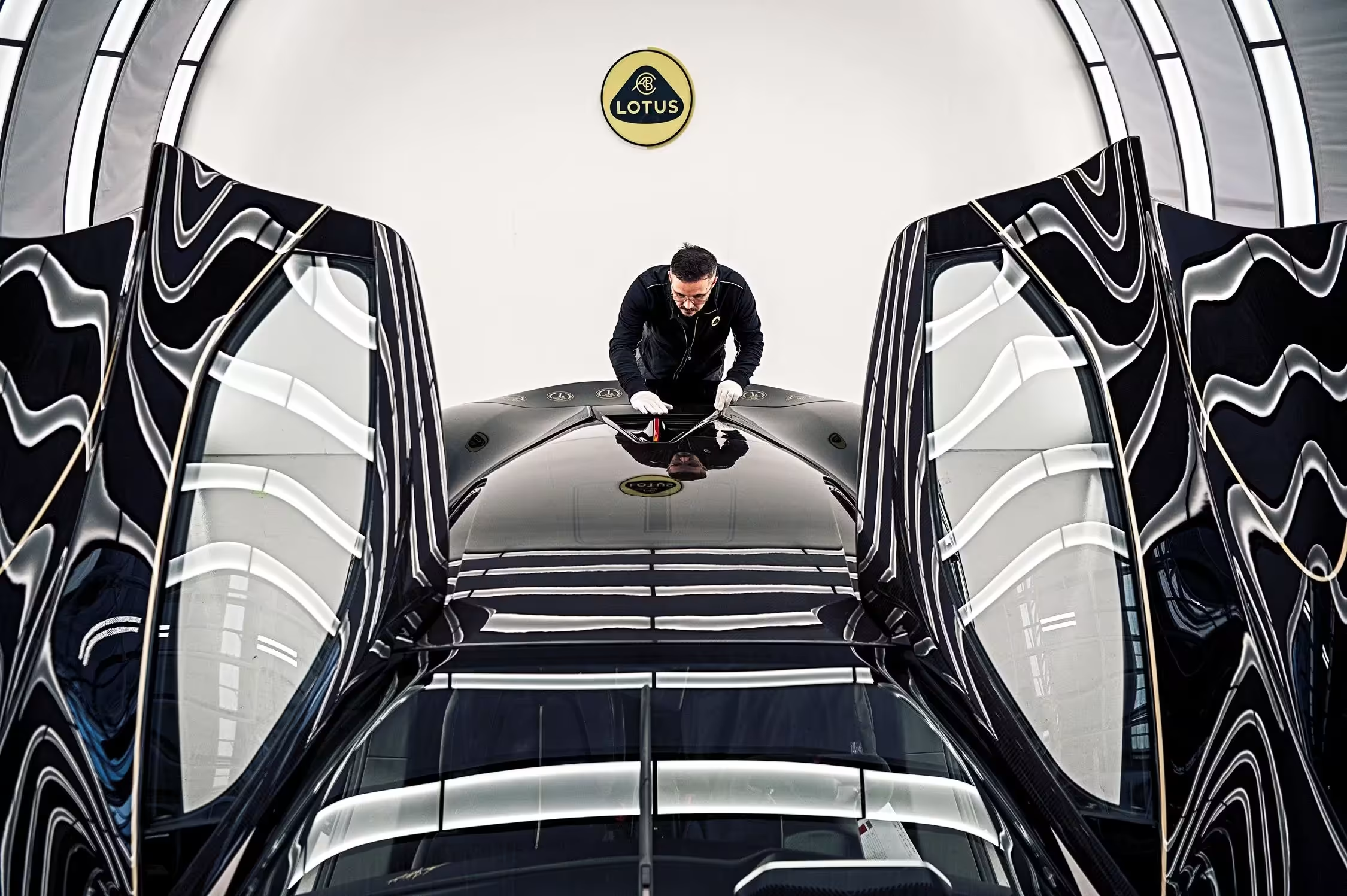
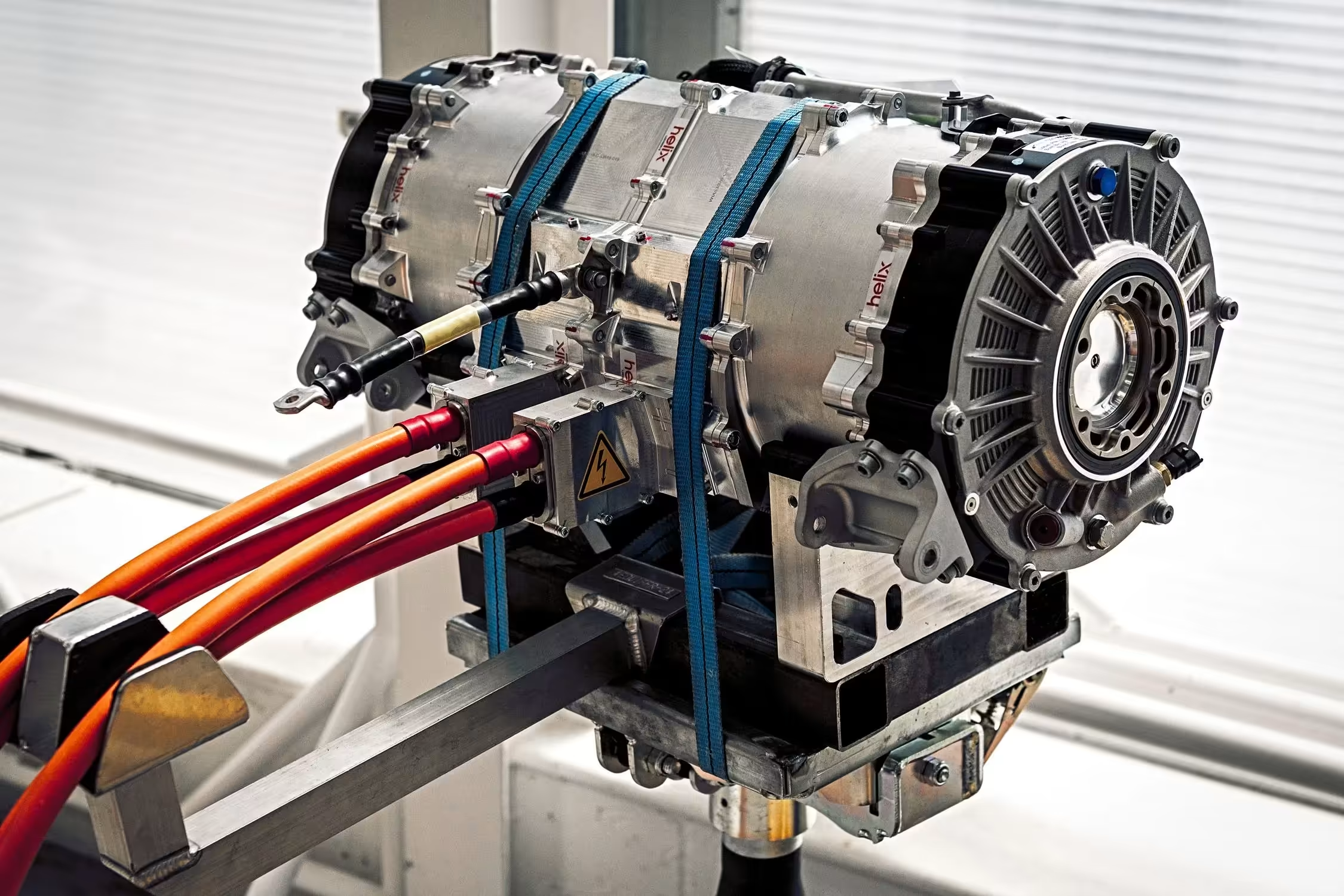
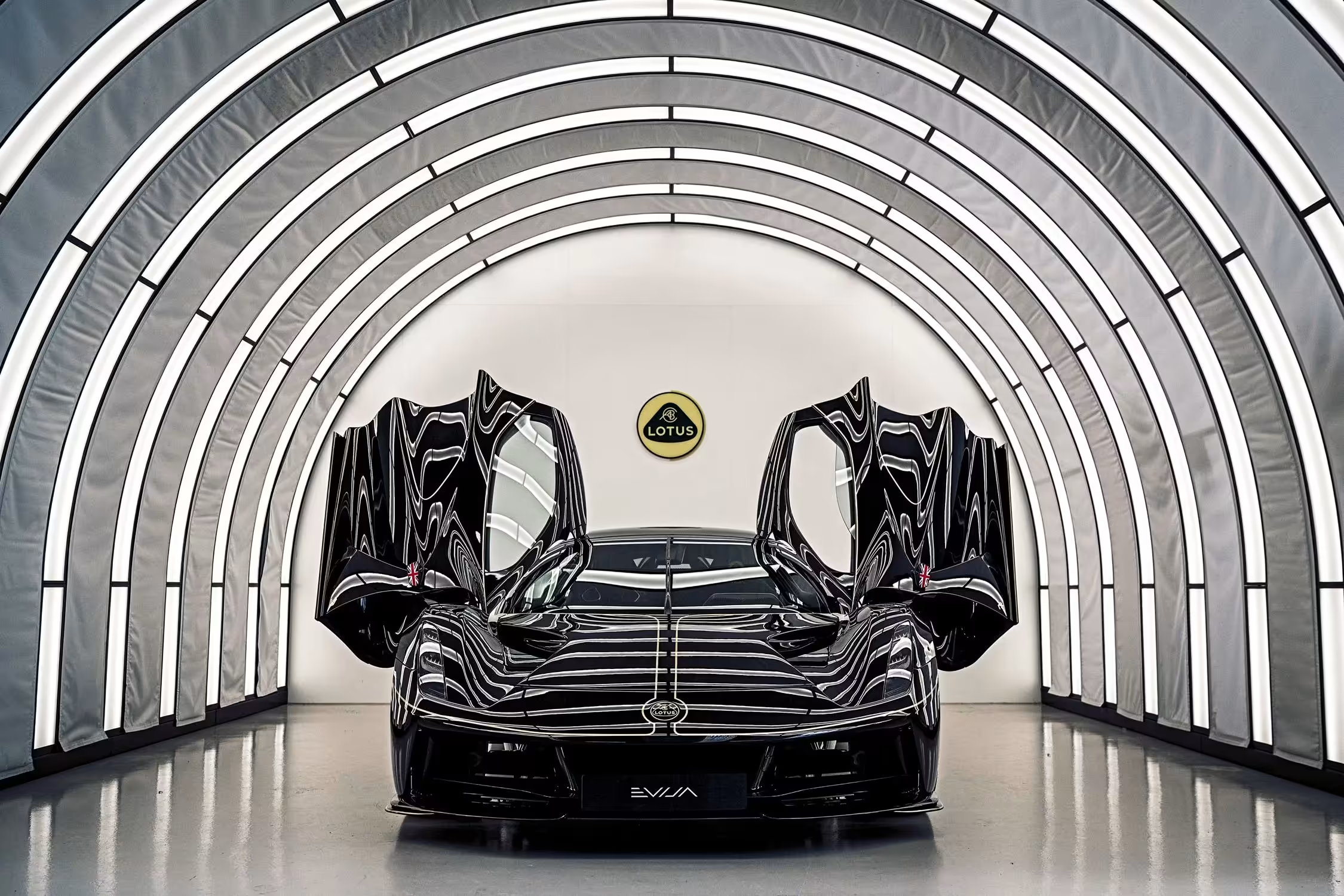
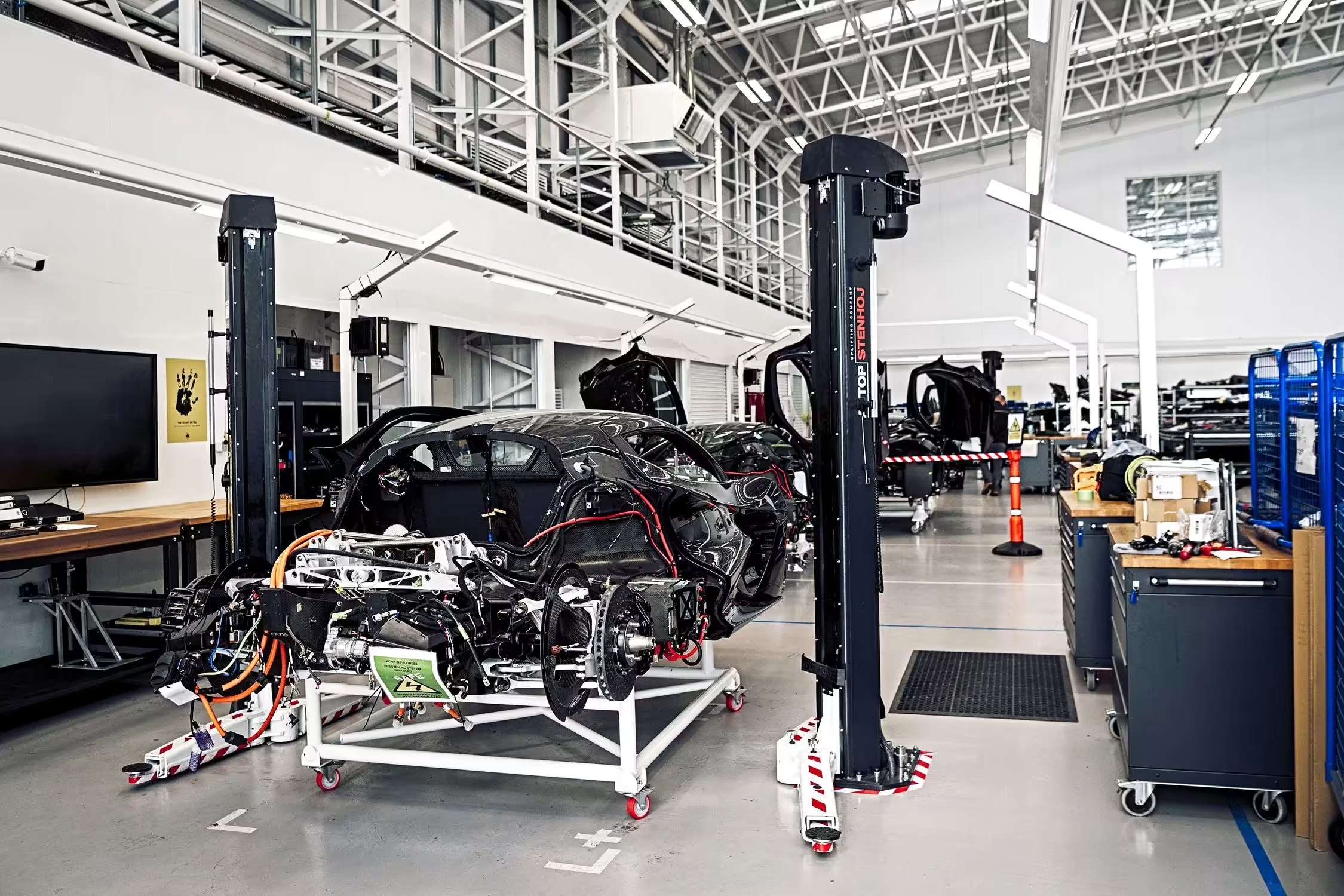
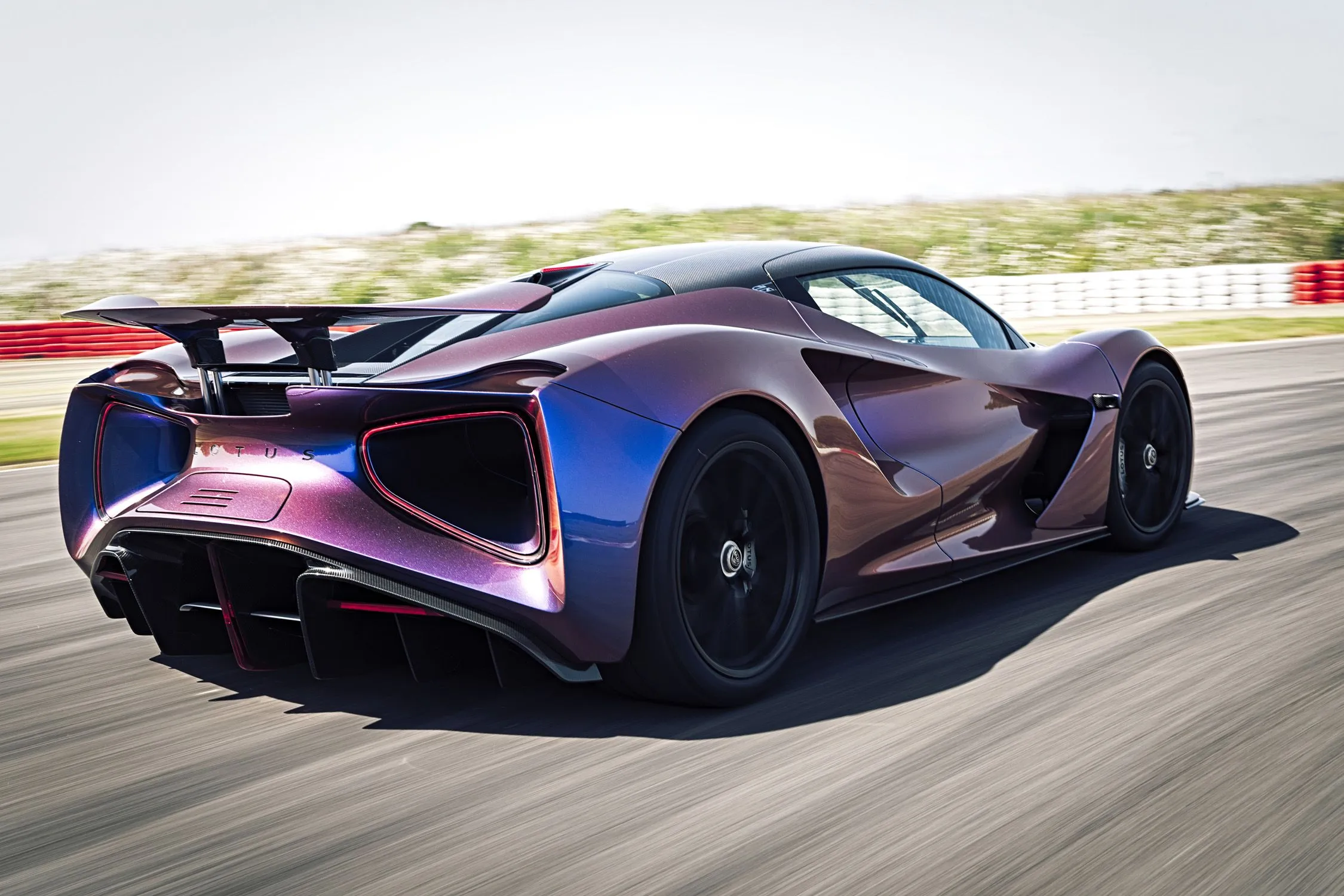
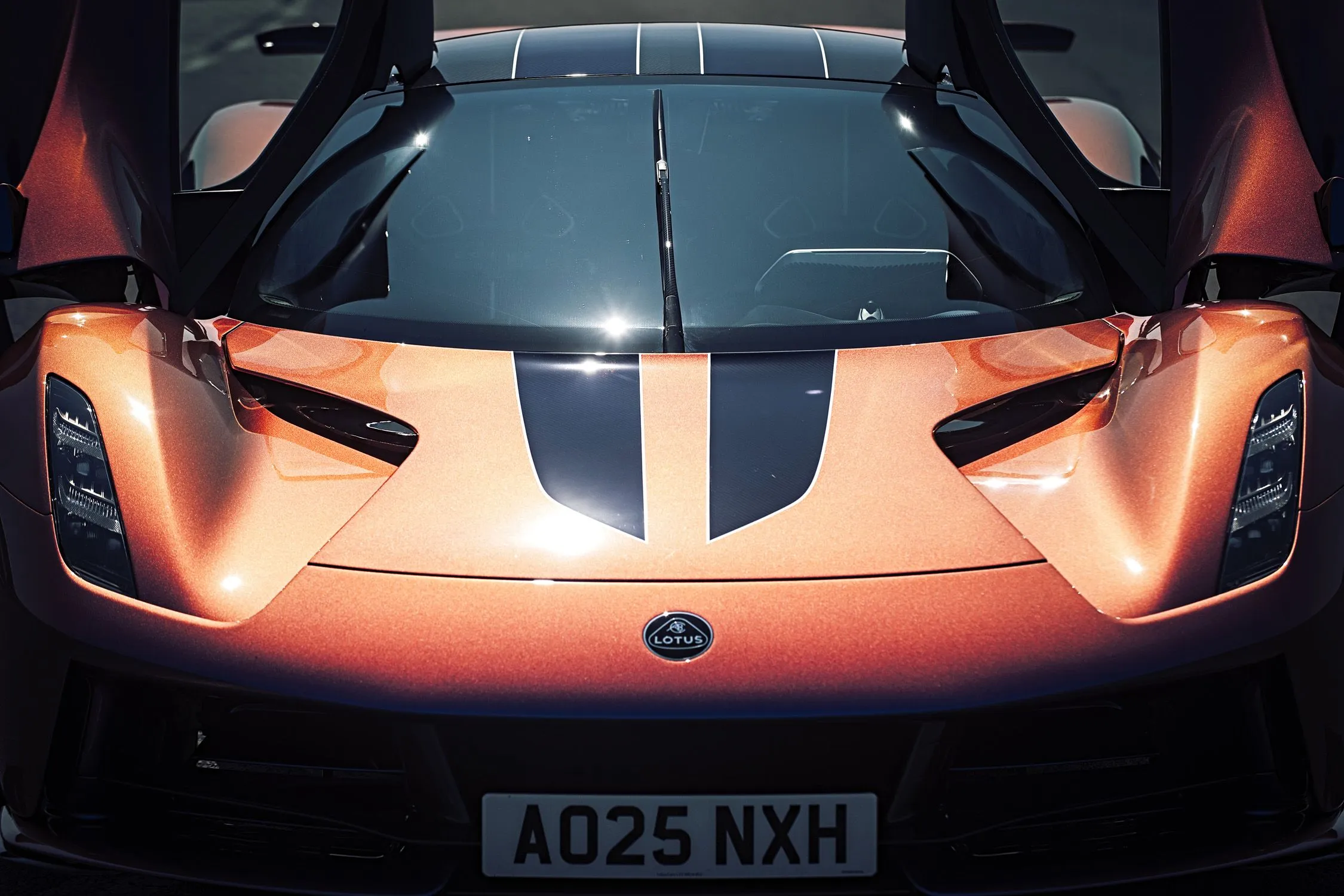
Author: Fabio Isidoro
Fabio Isidoro is the founder and editor-in-chief of Canal Carro, where he has been writing about the automotive world since 2022. Passionate about cars and technology, he began his journey on the HospedandoSites portal and today dedicates himself to creating technical content and comprehensive analyses of national and international vehicles. 📩 Contact: contato@canalcarro.net.br

